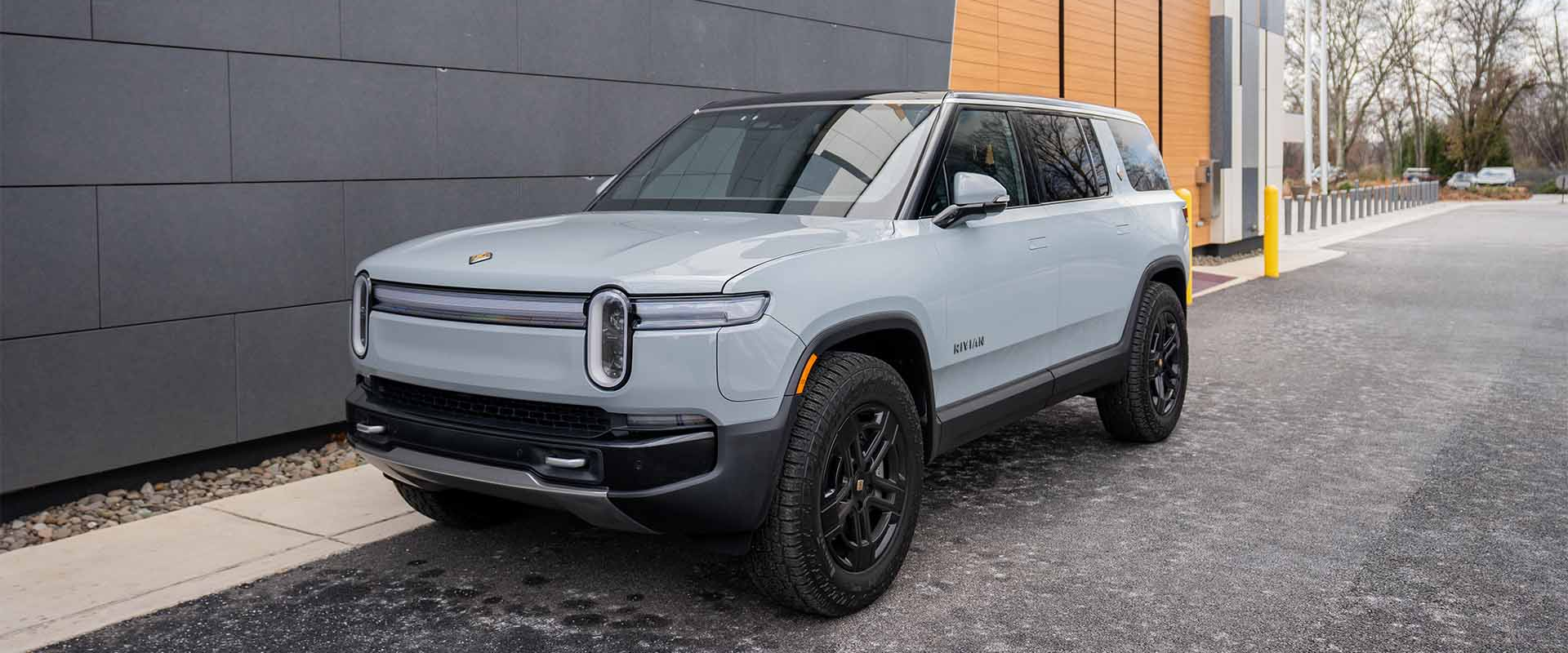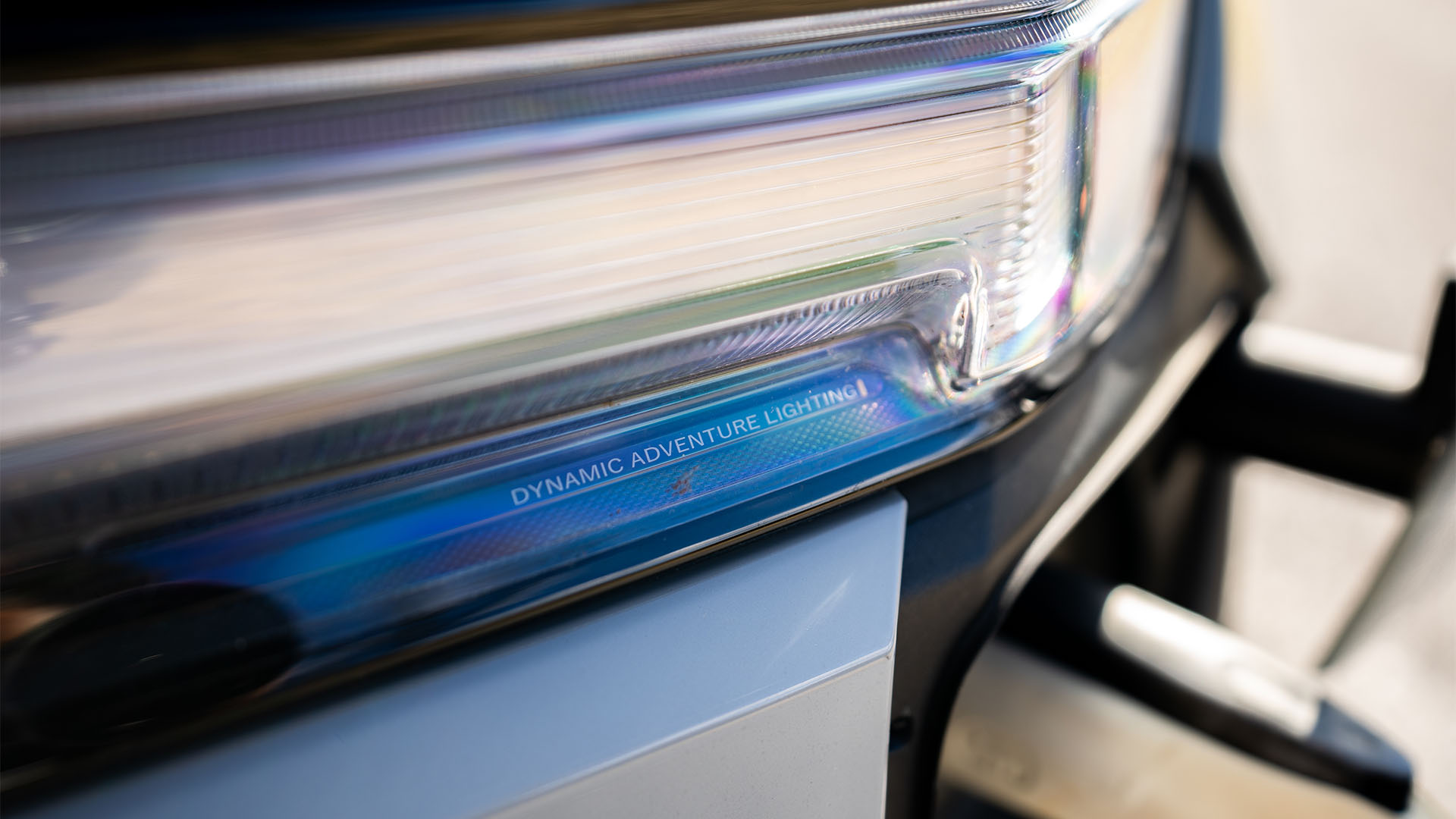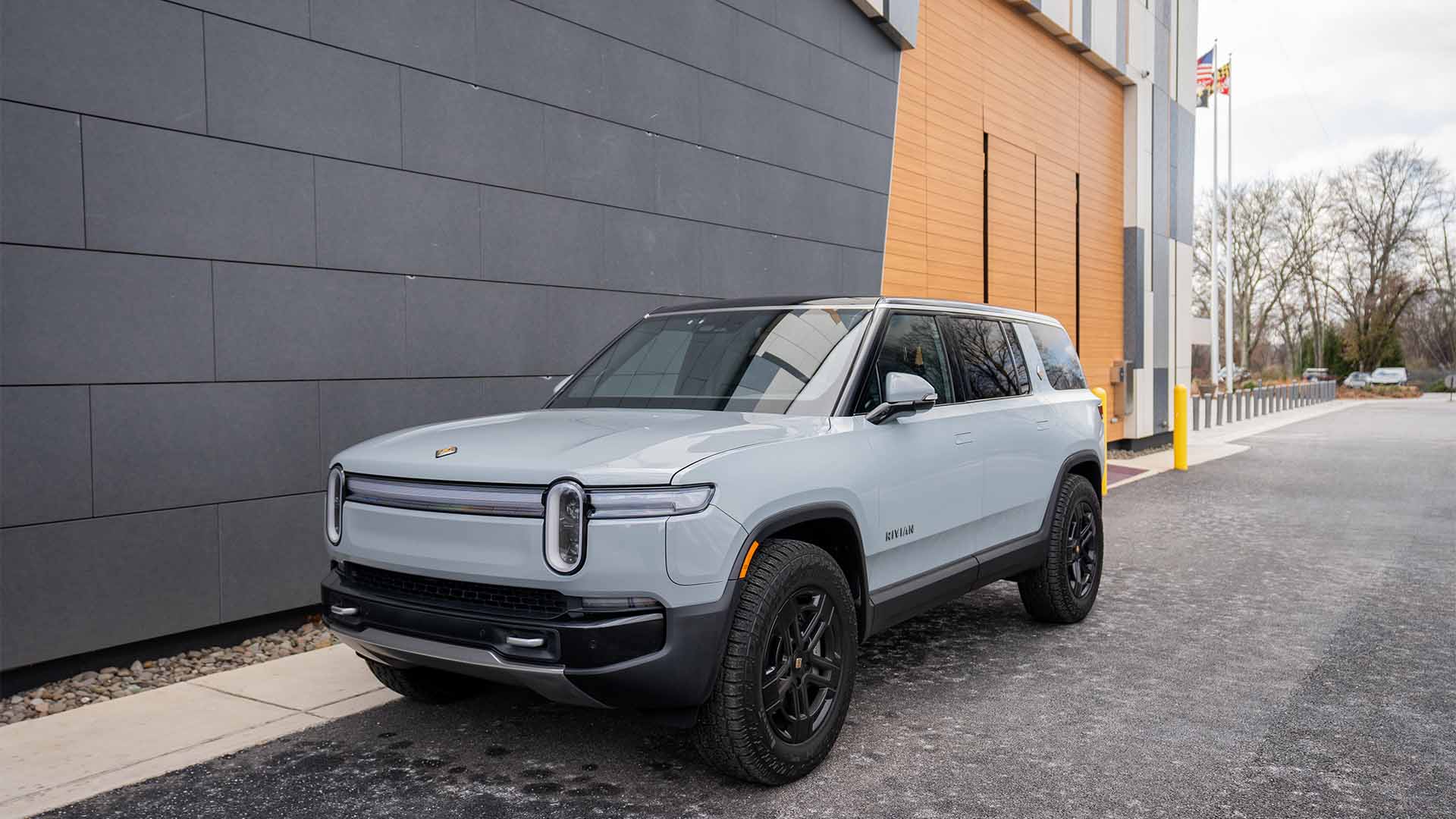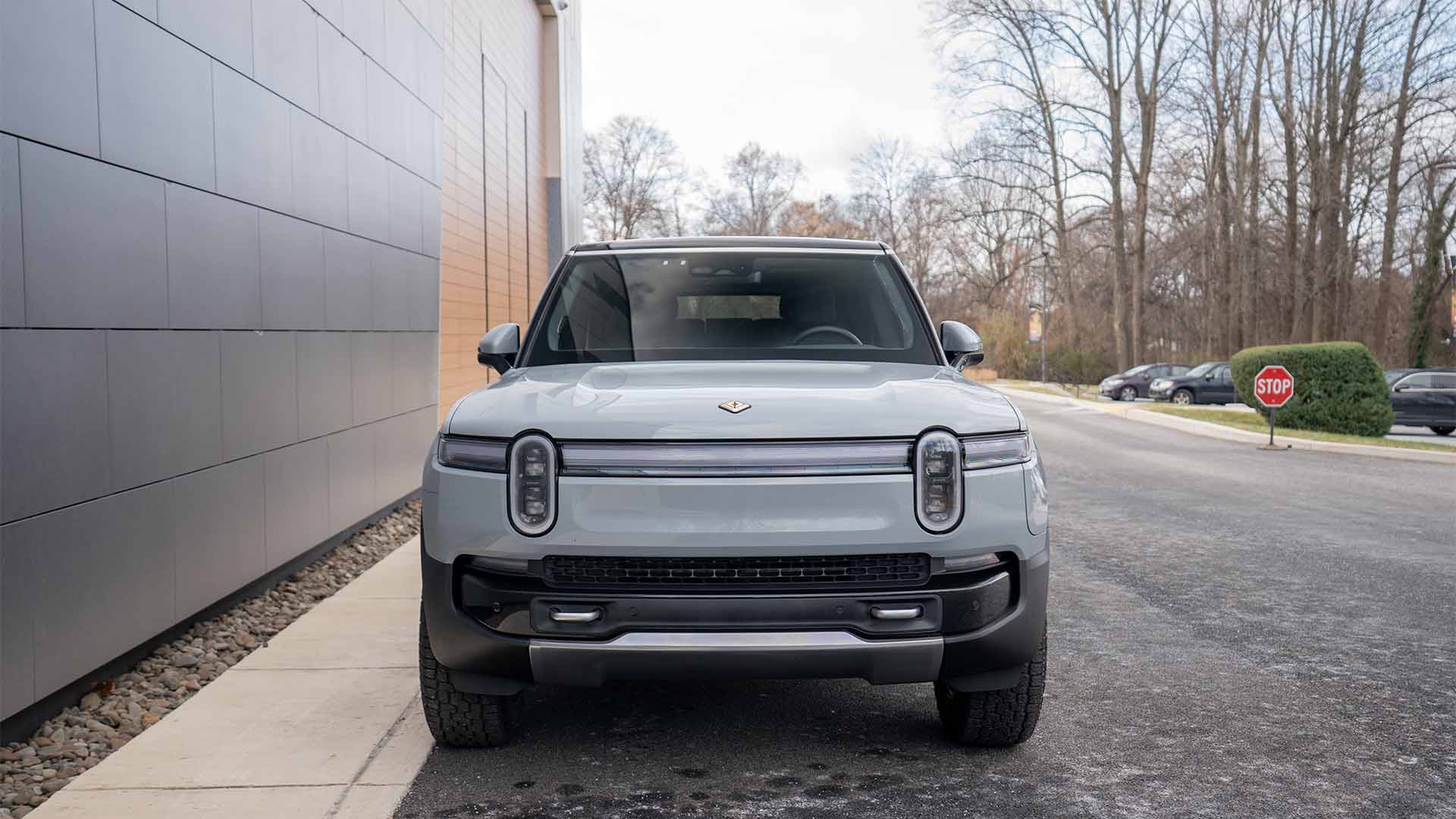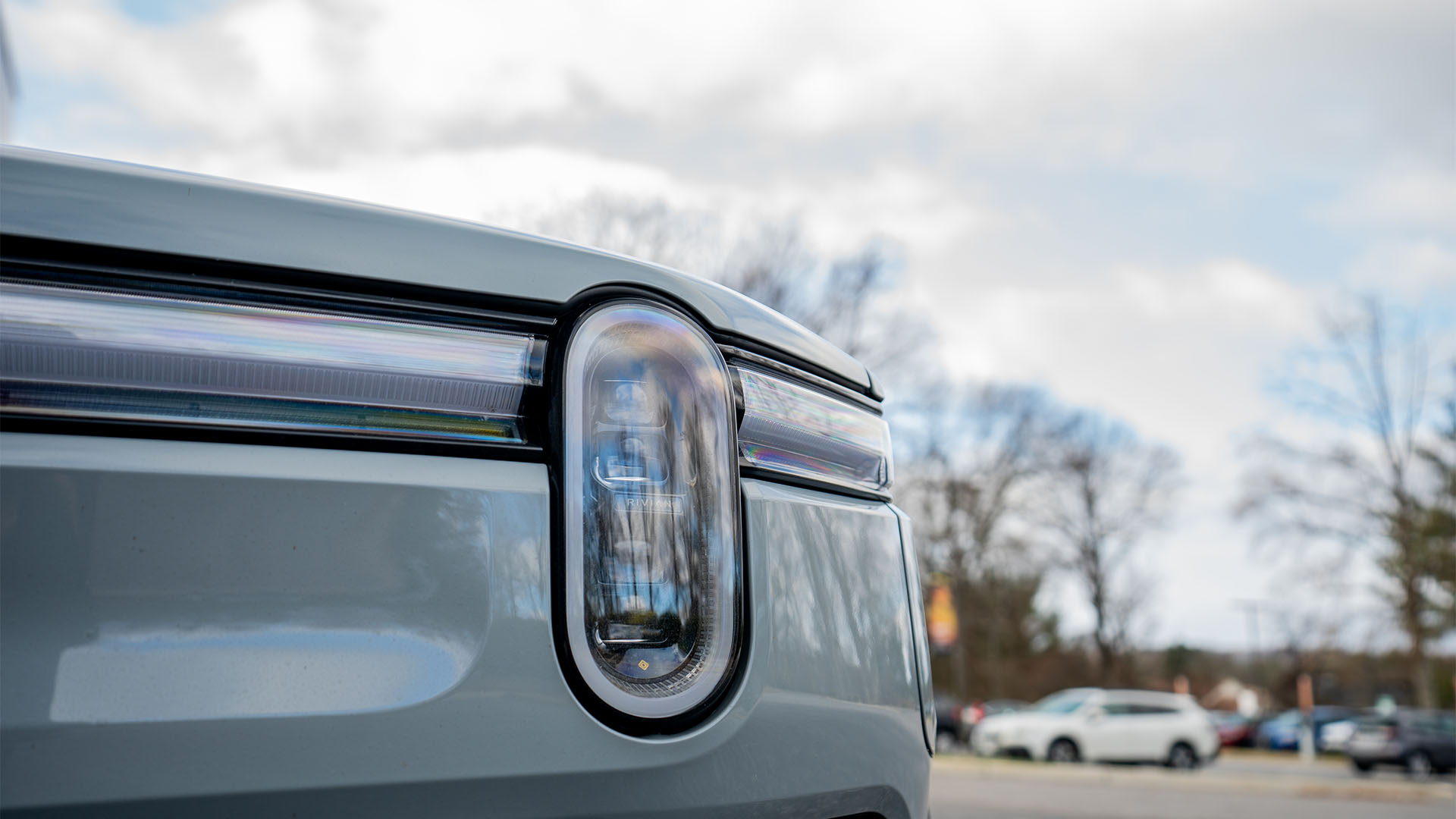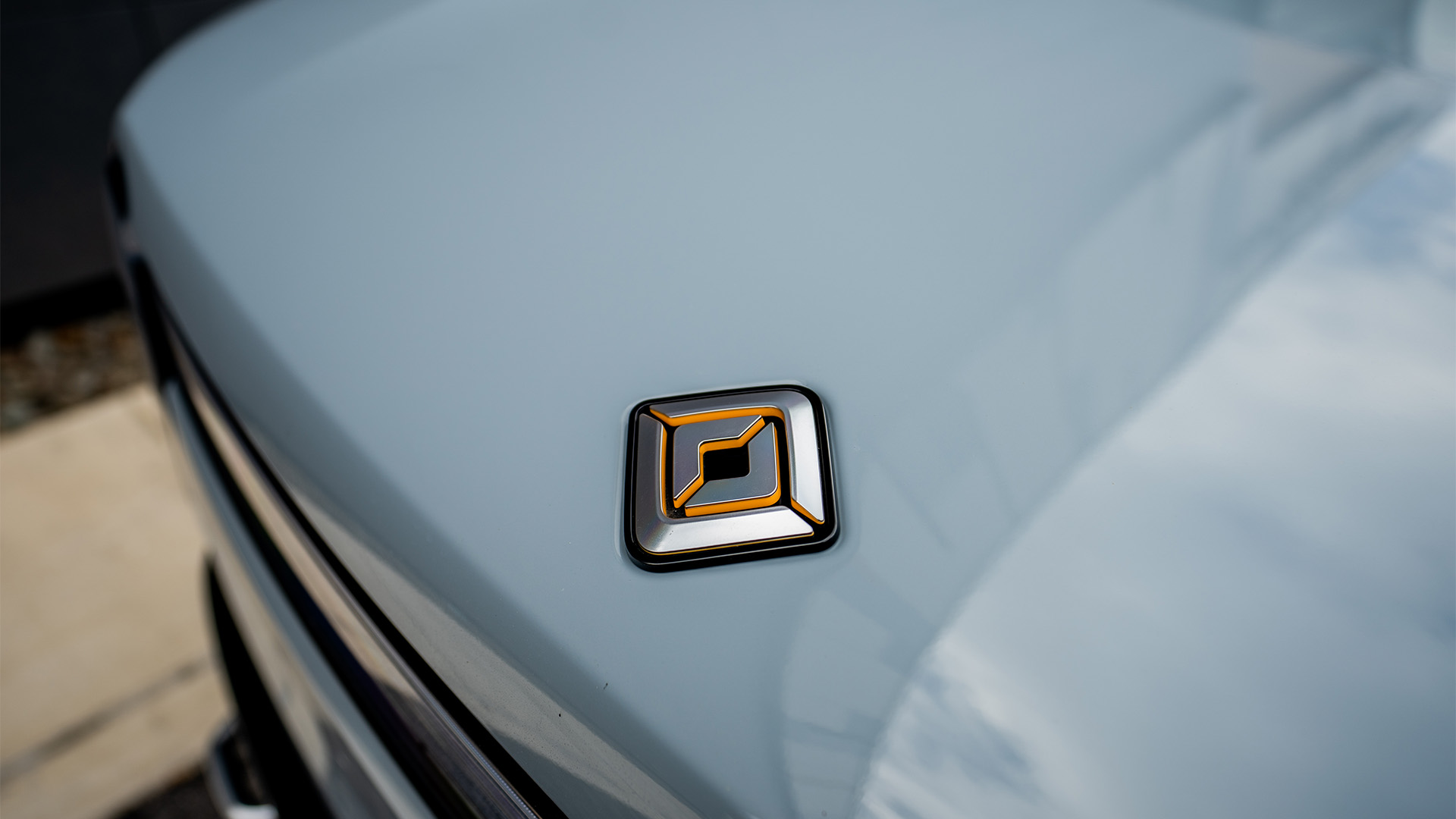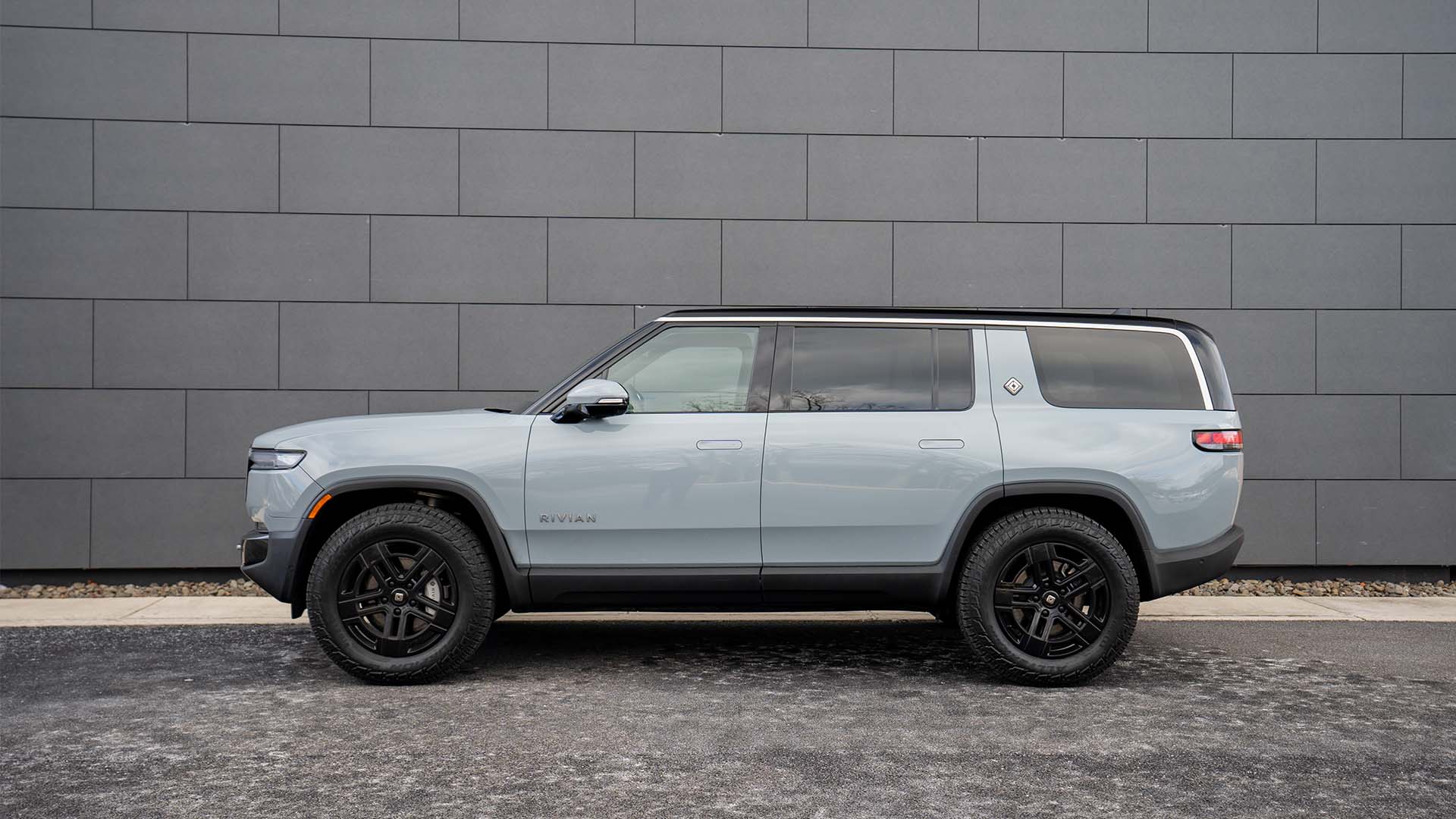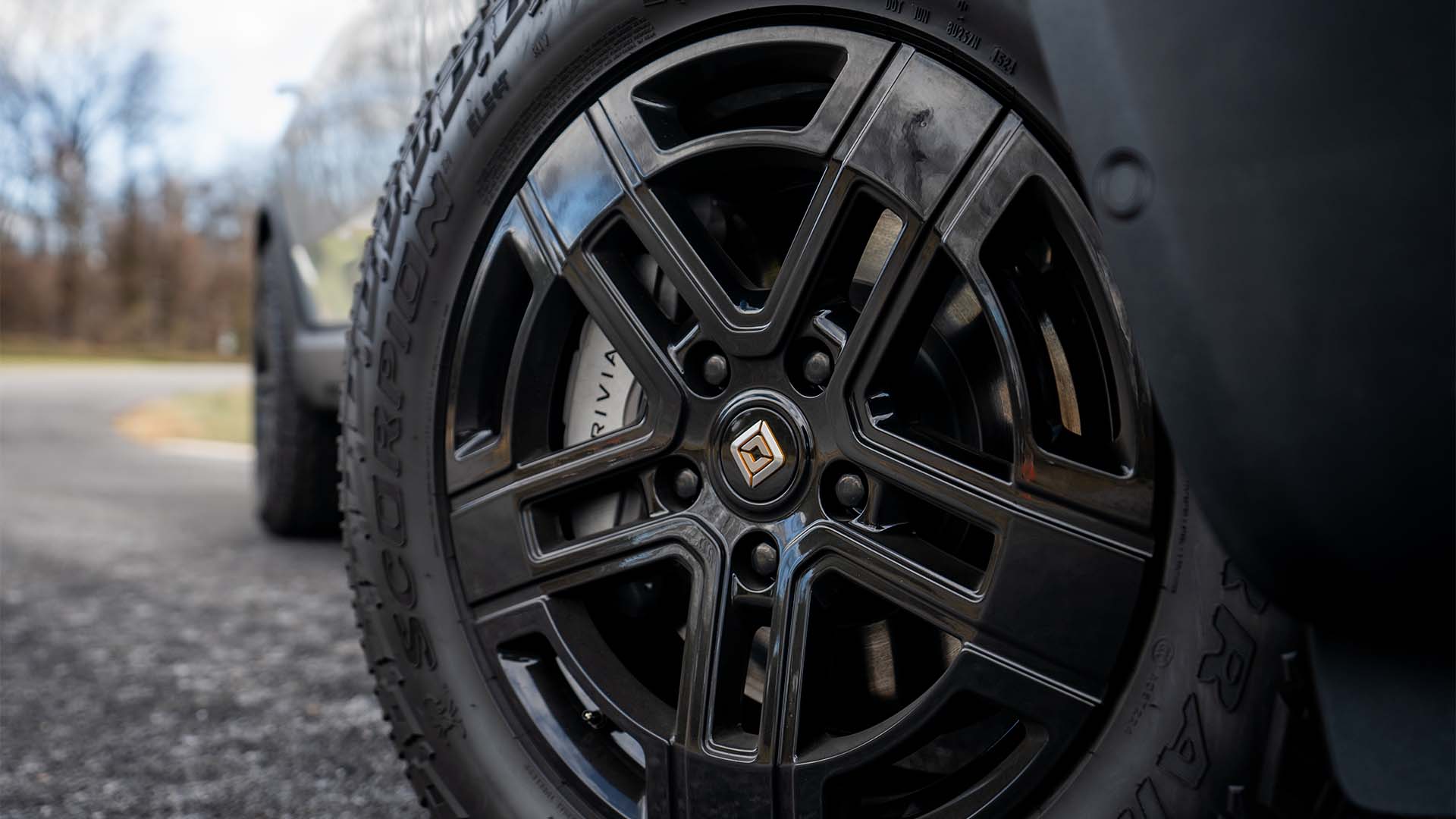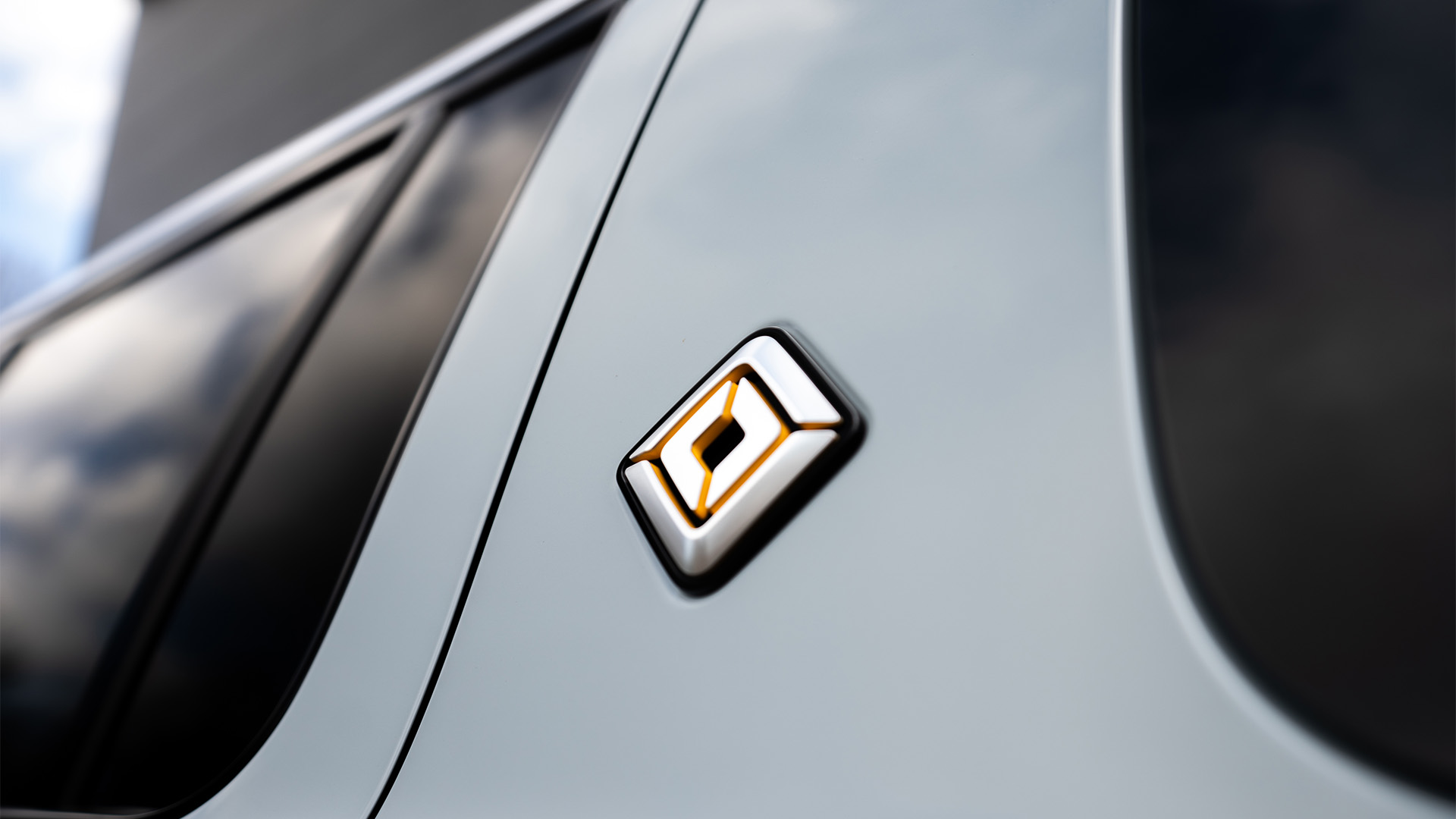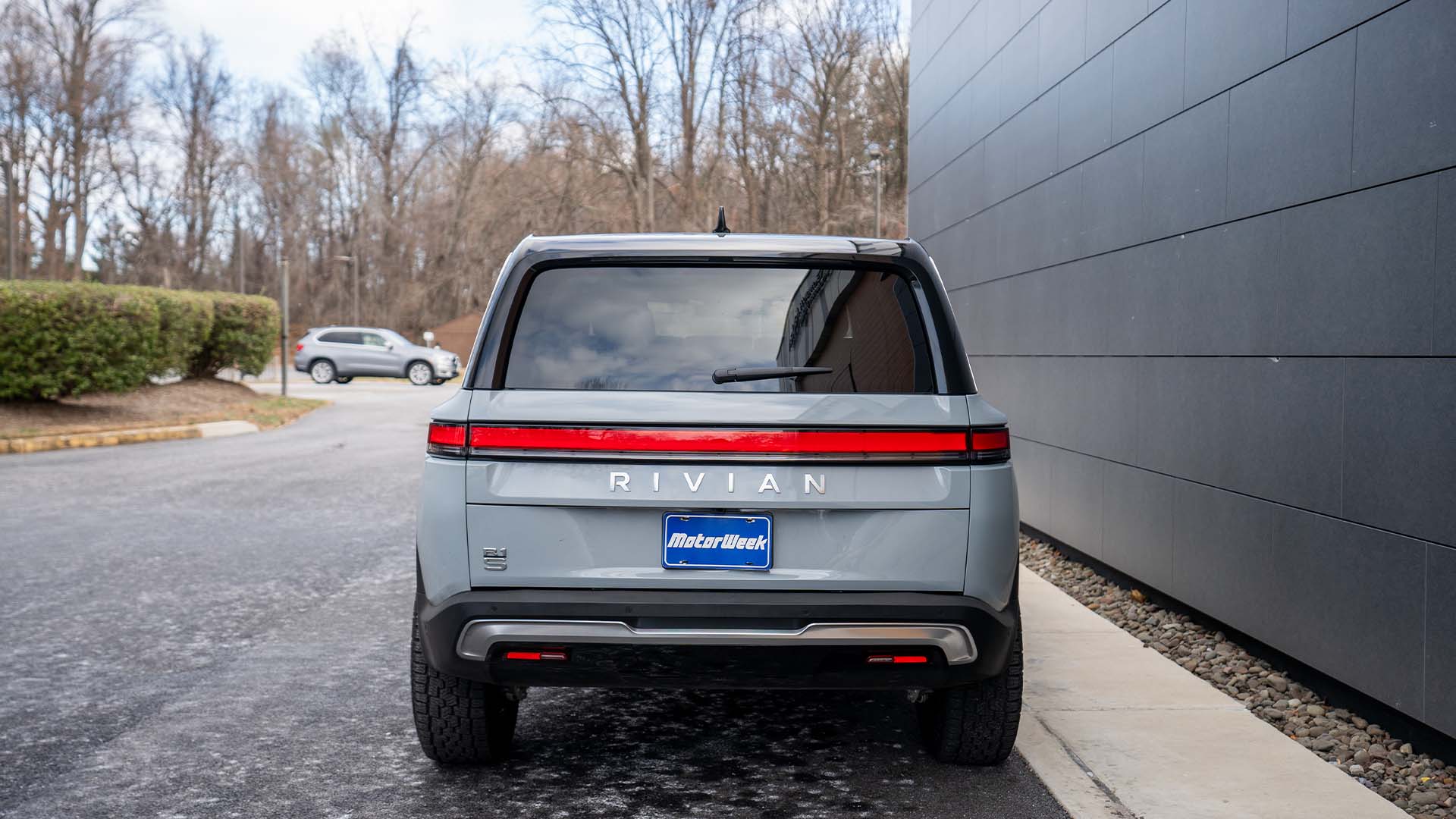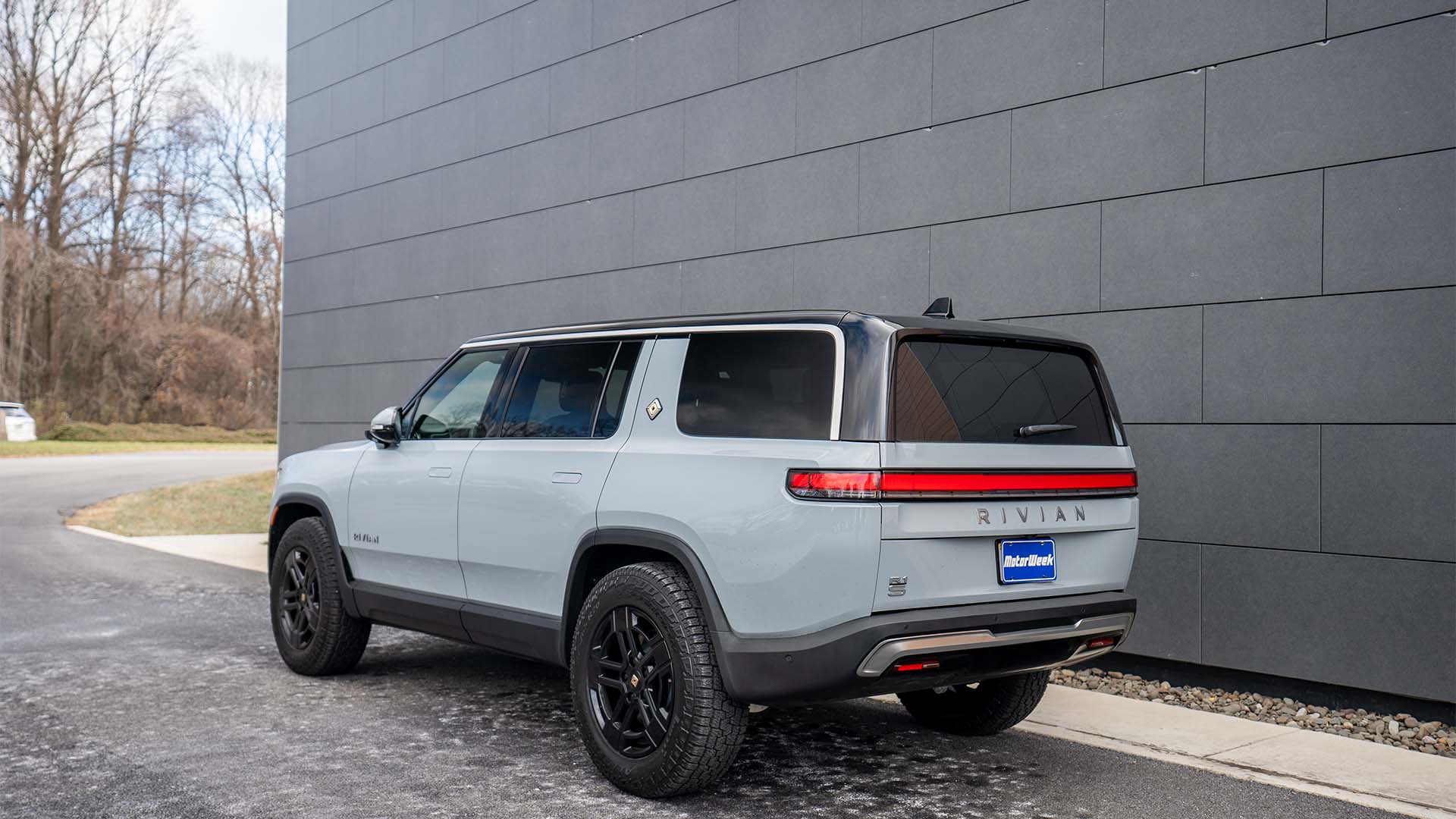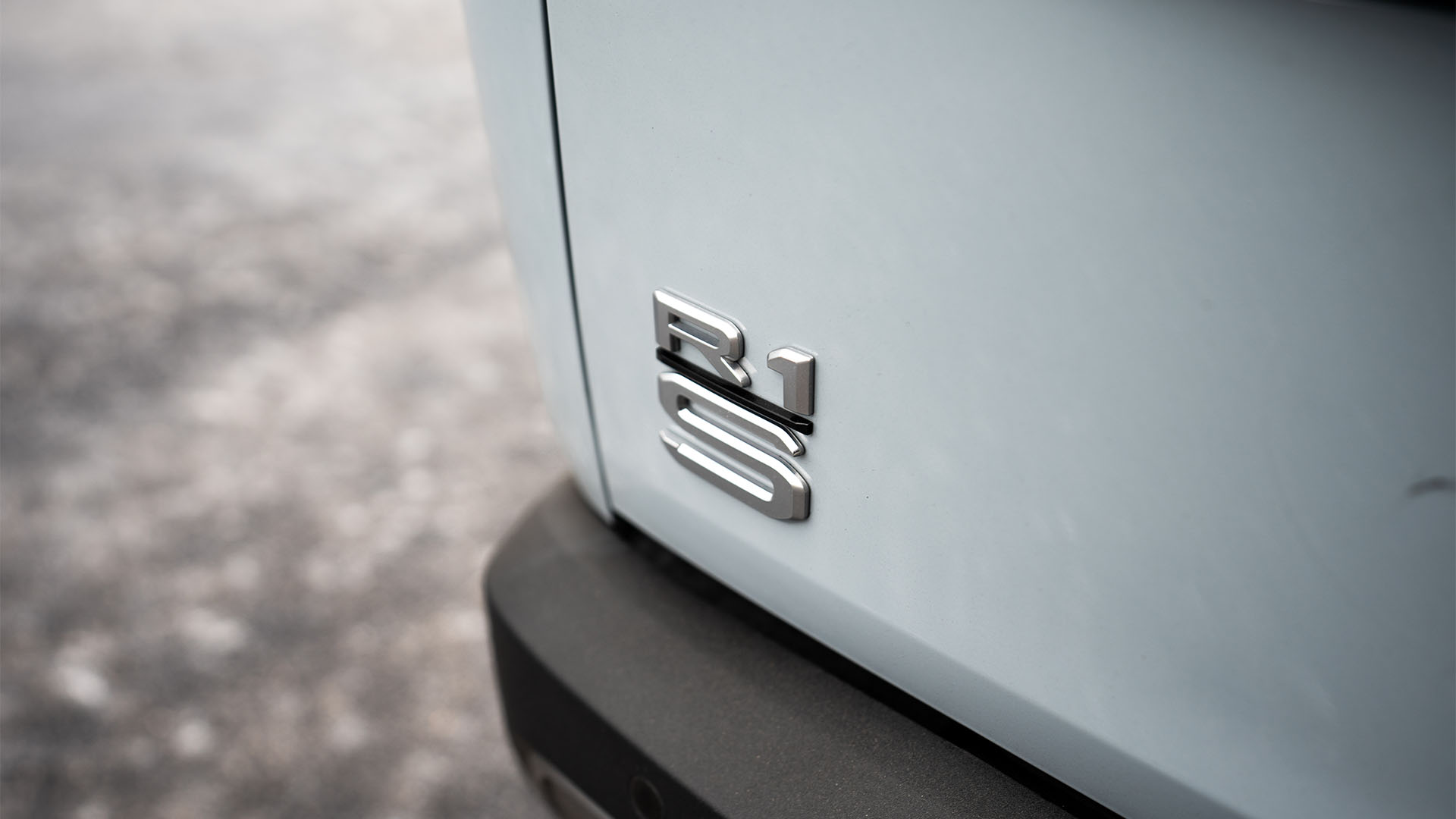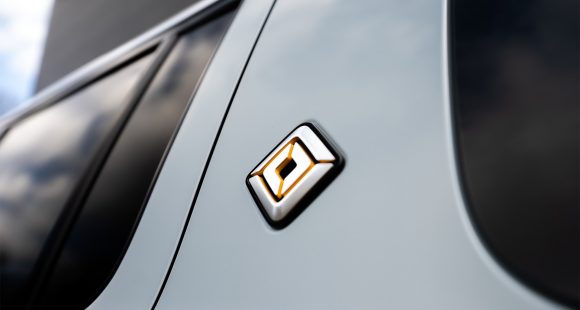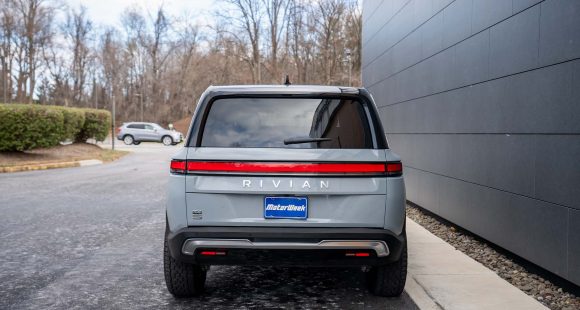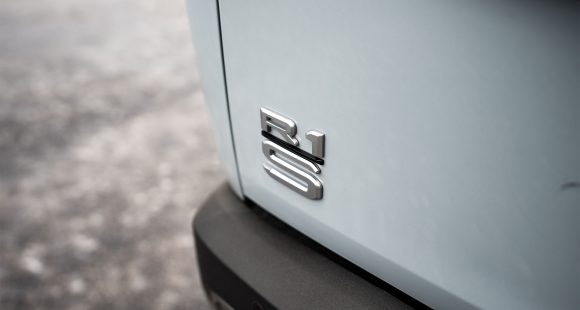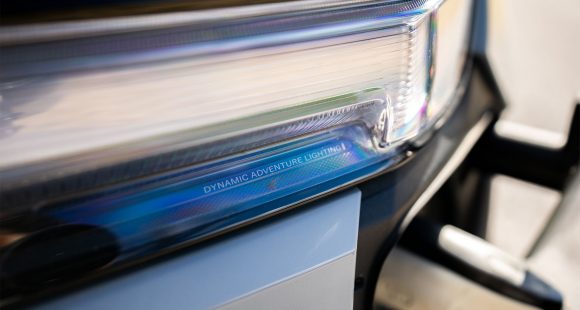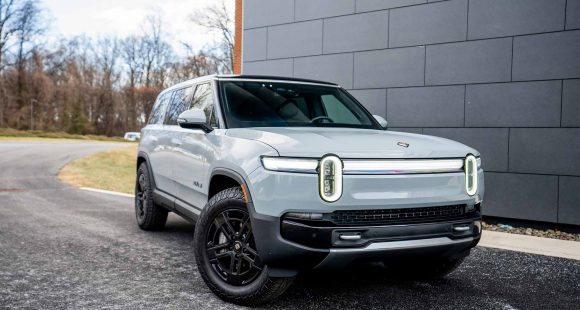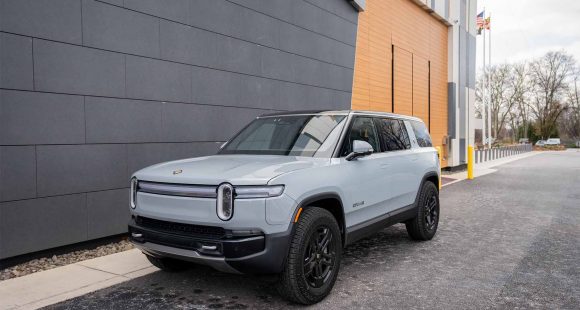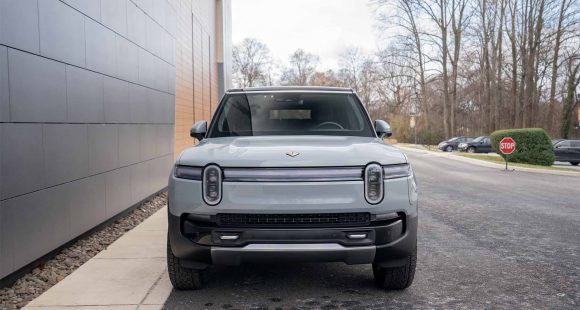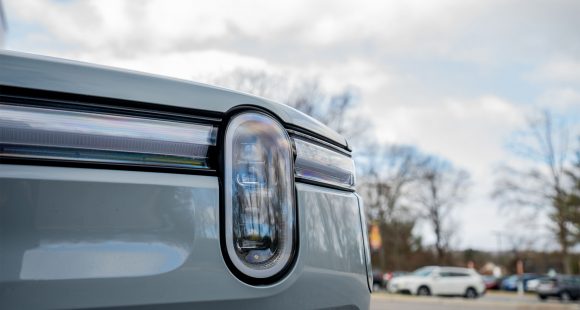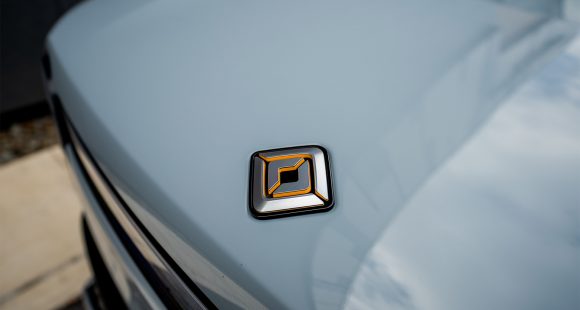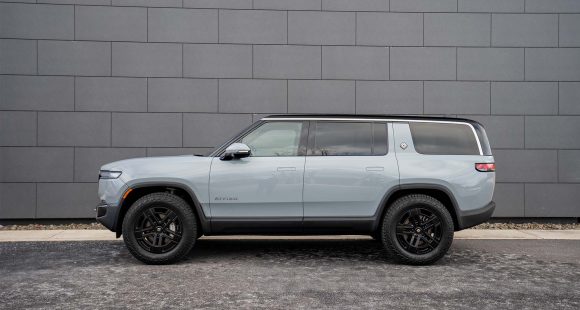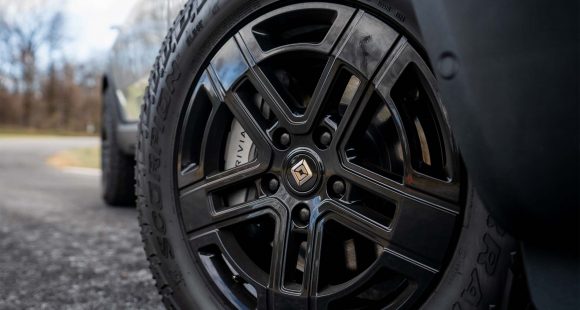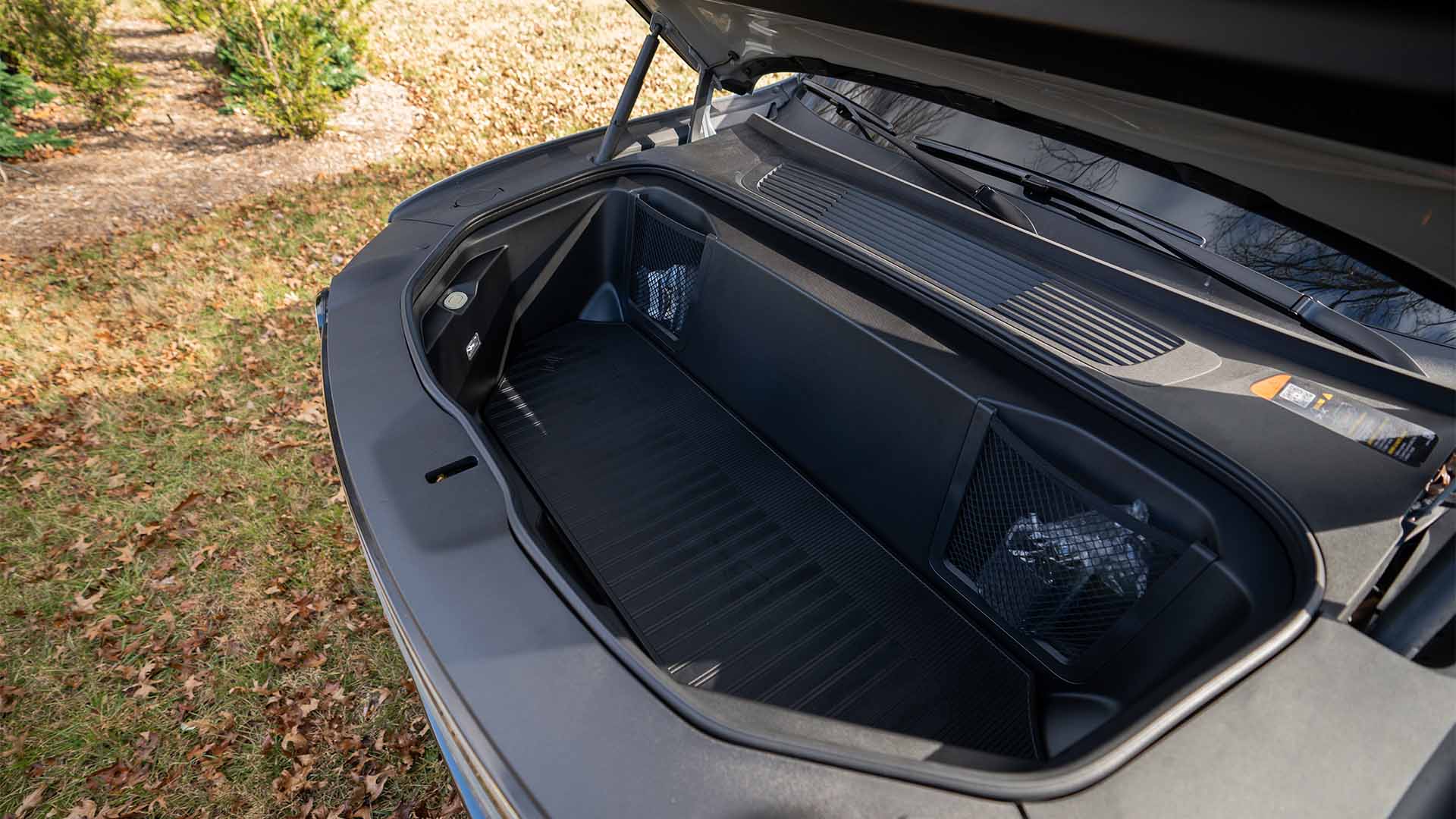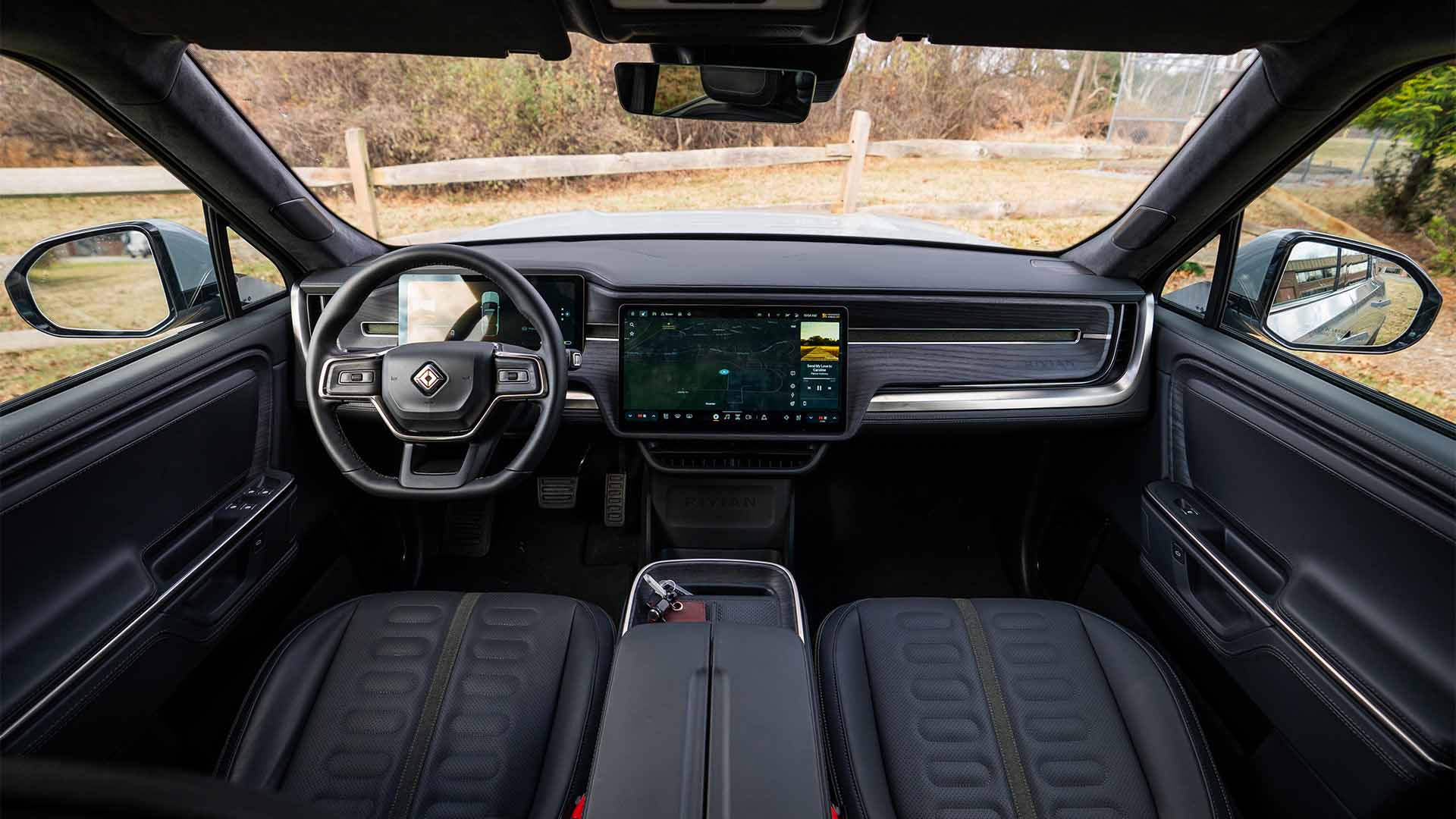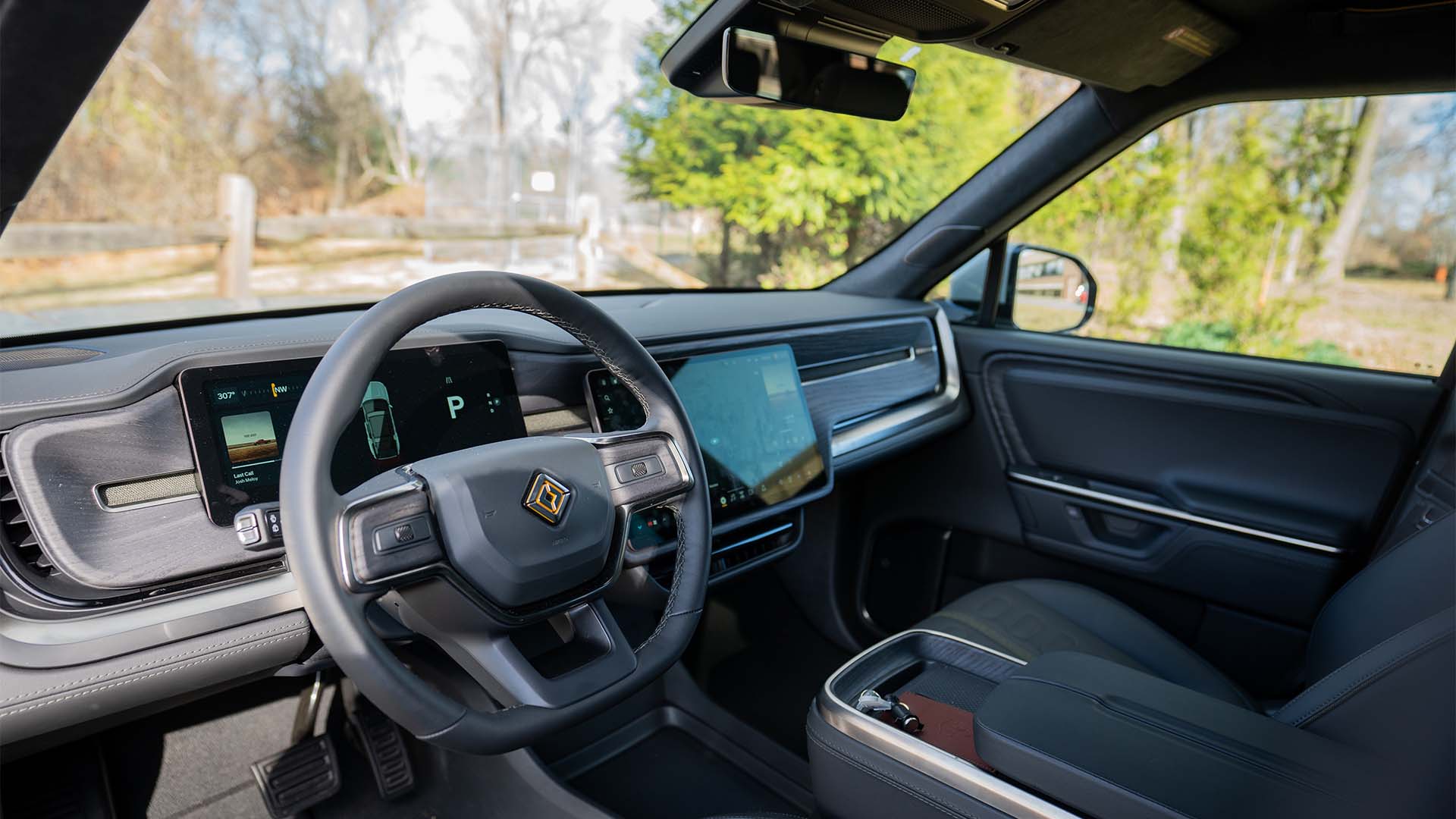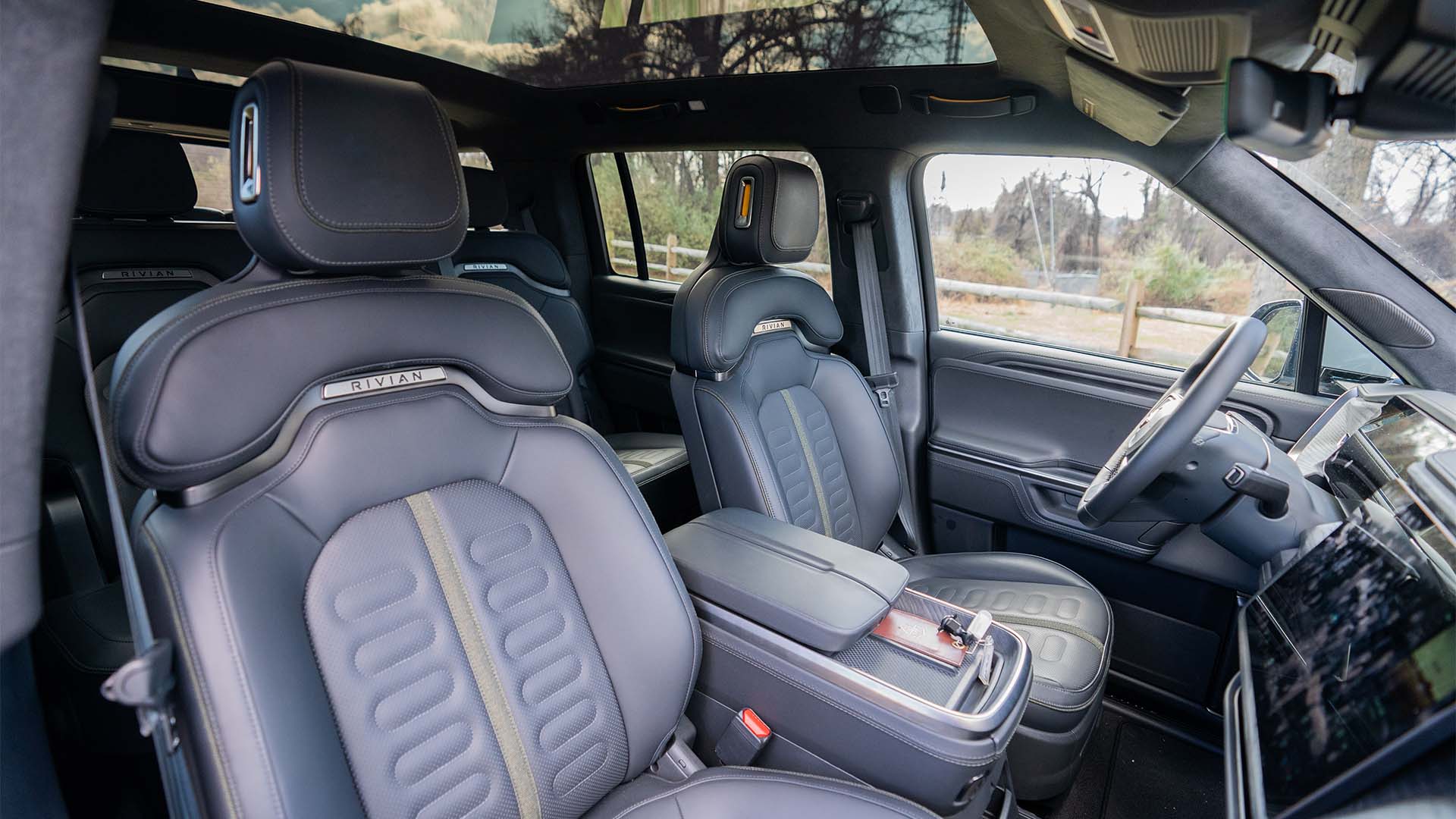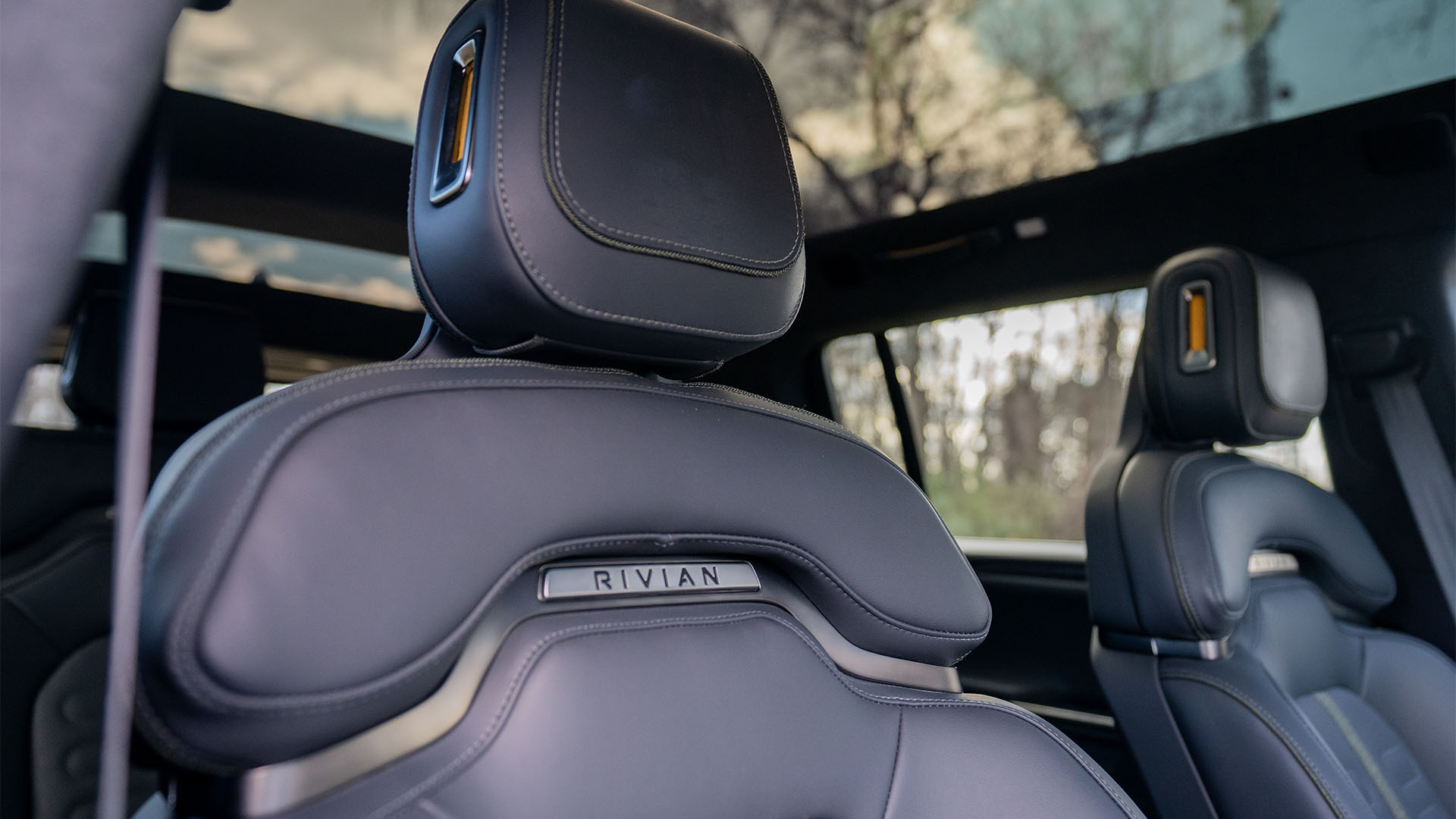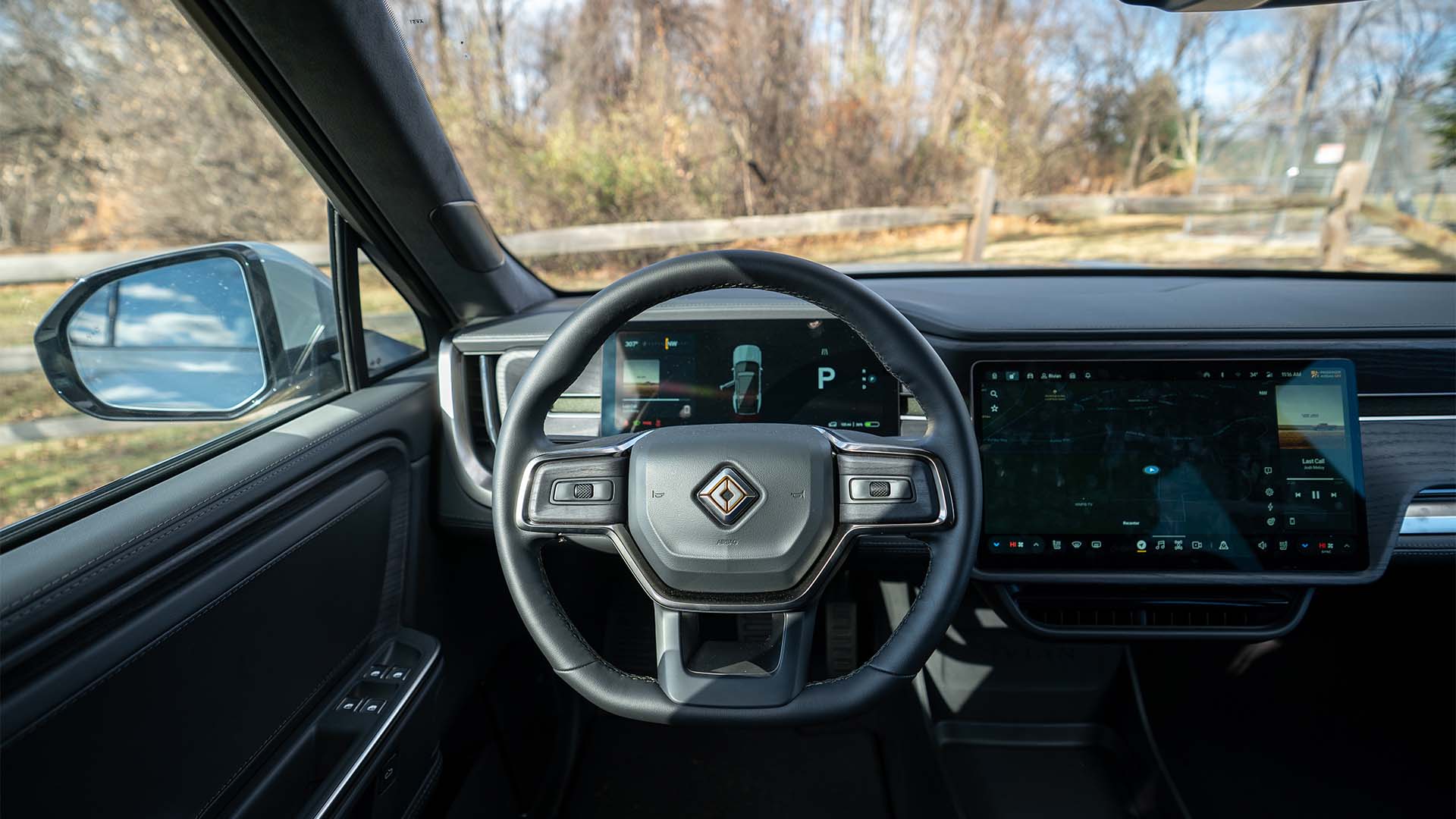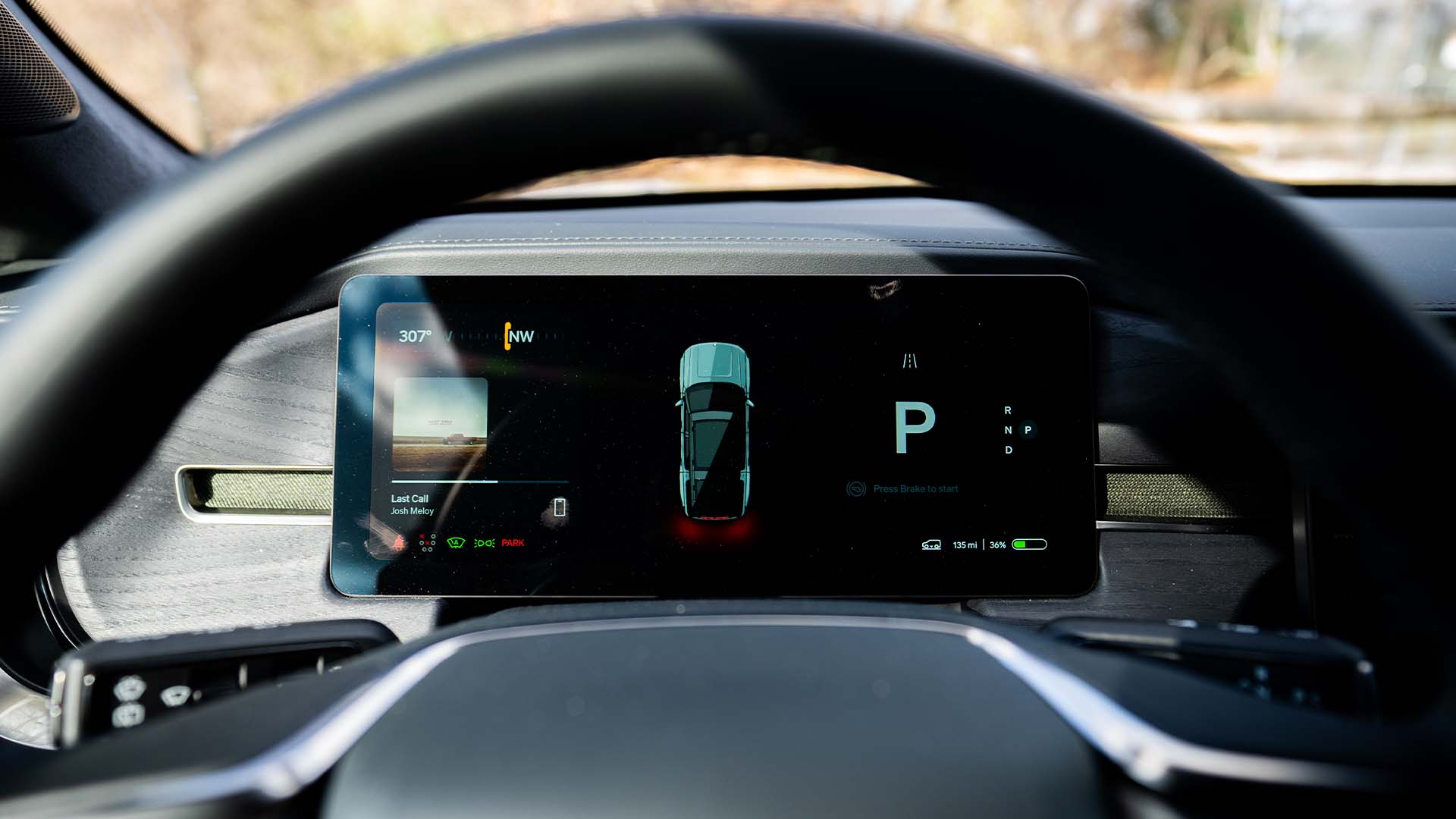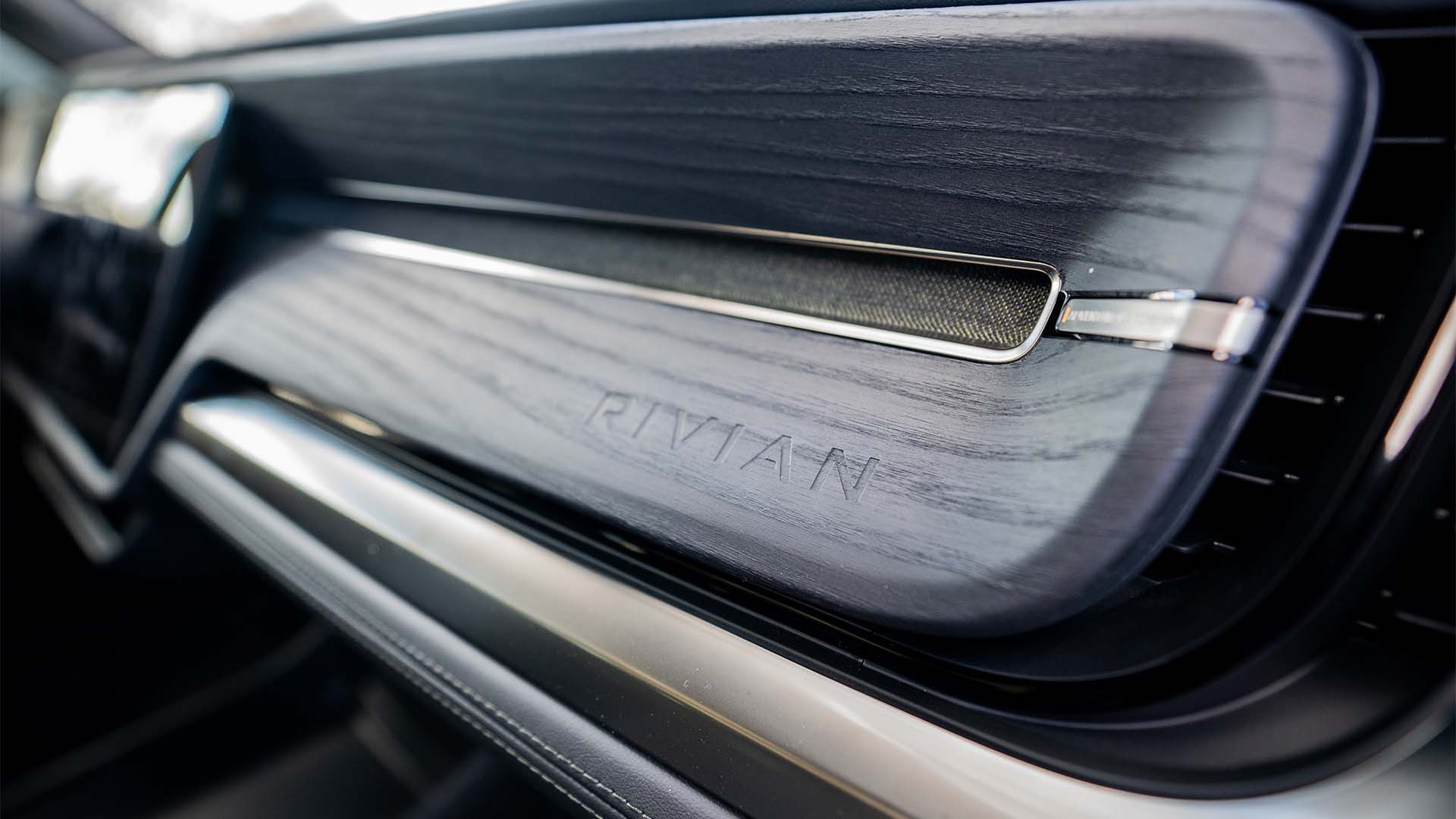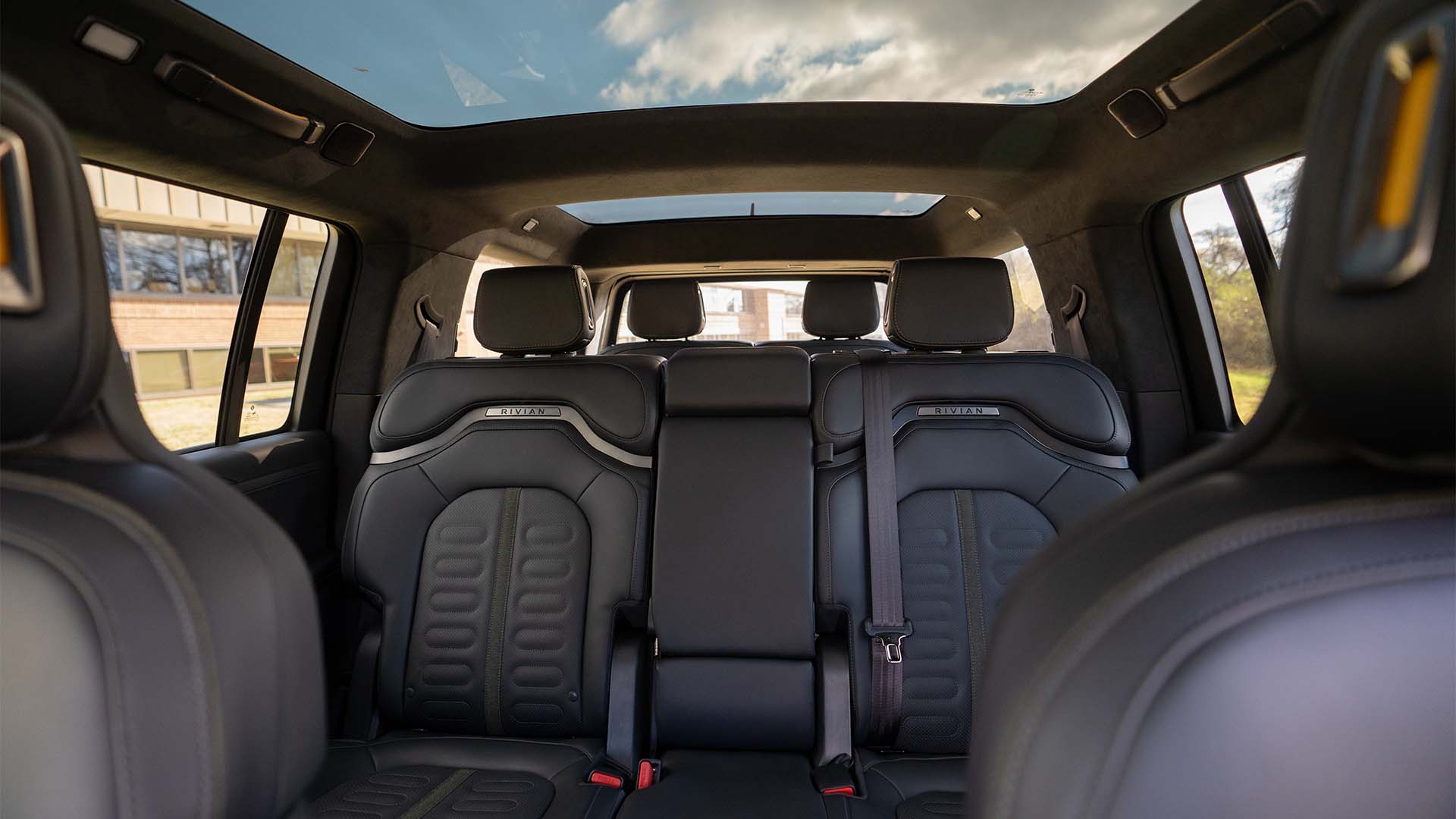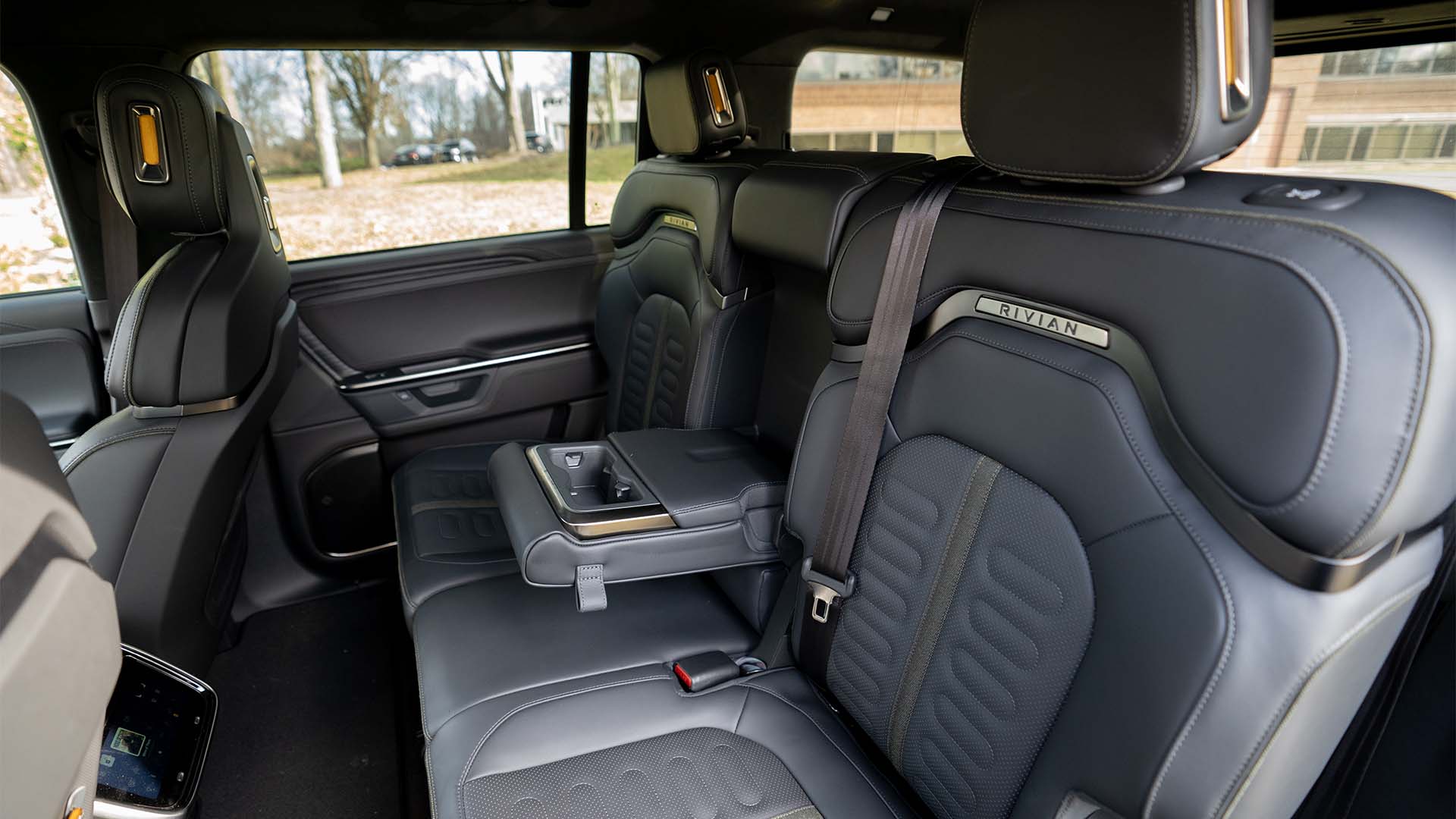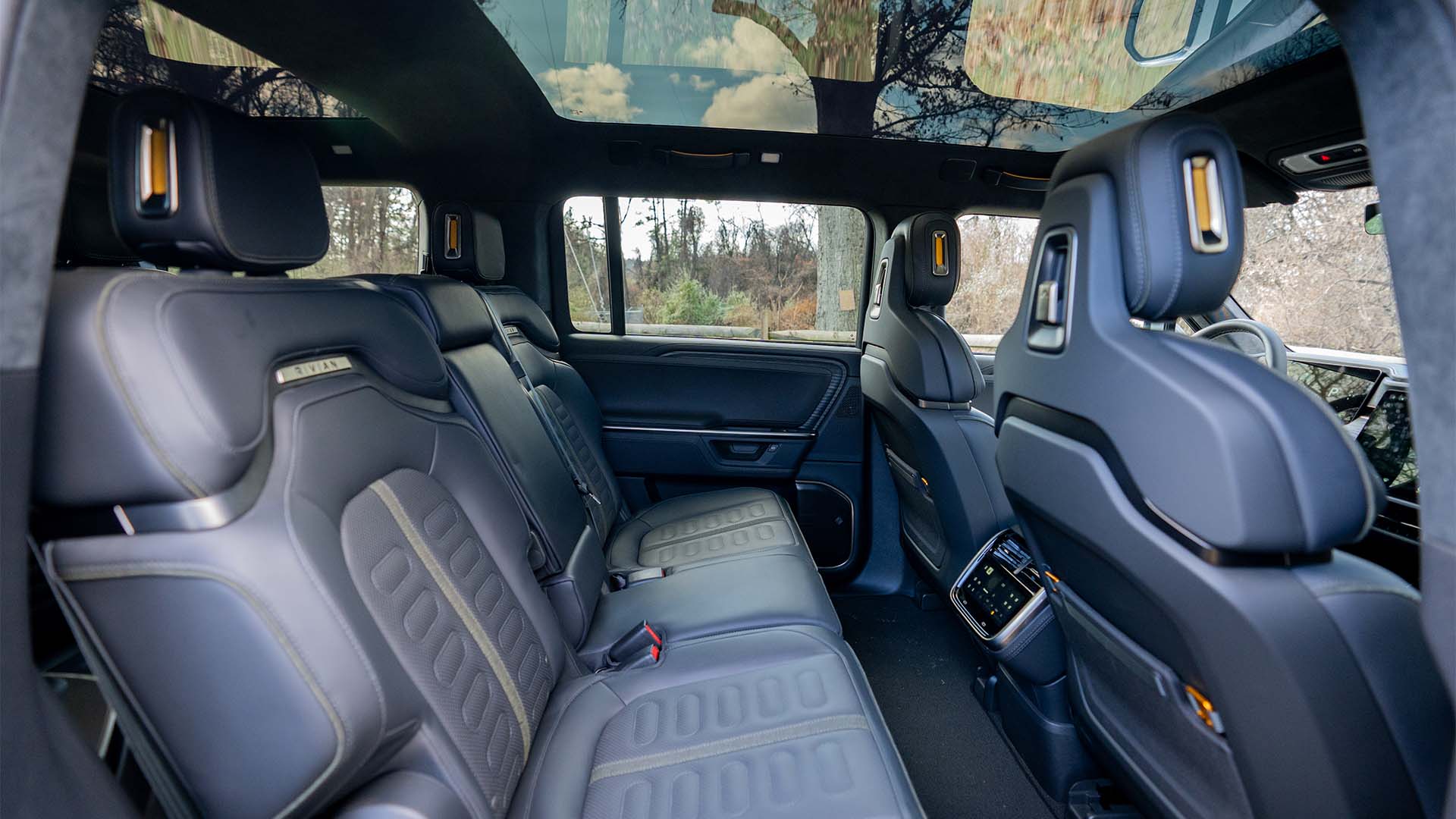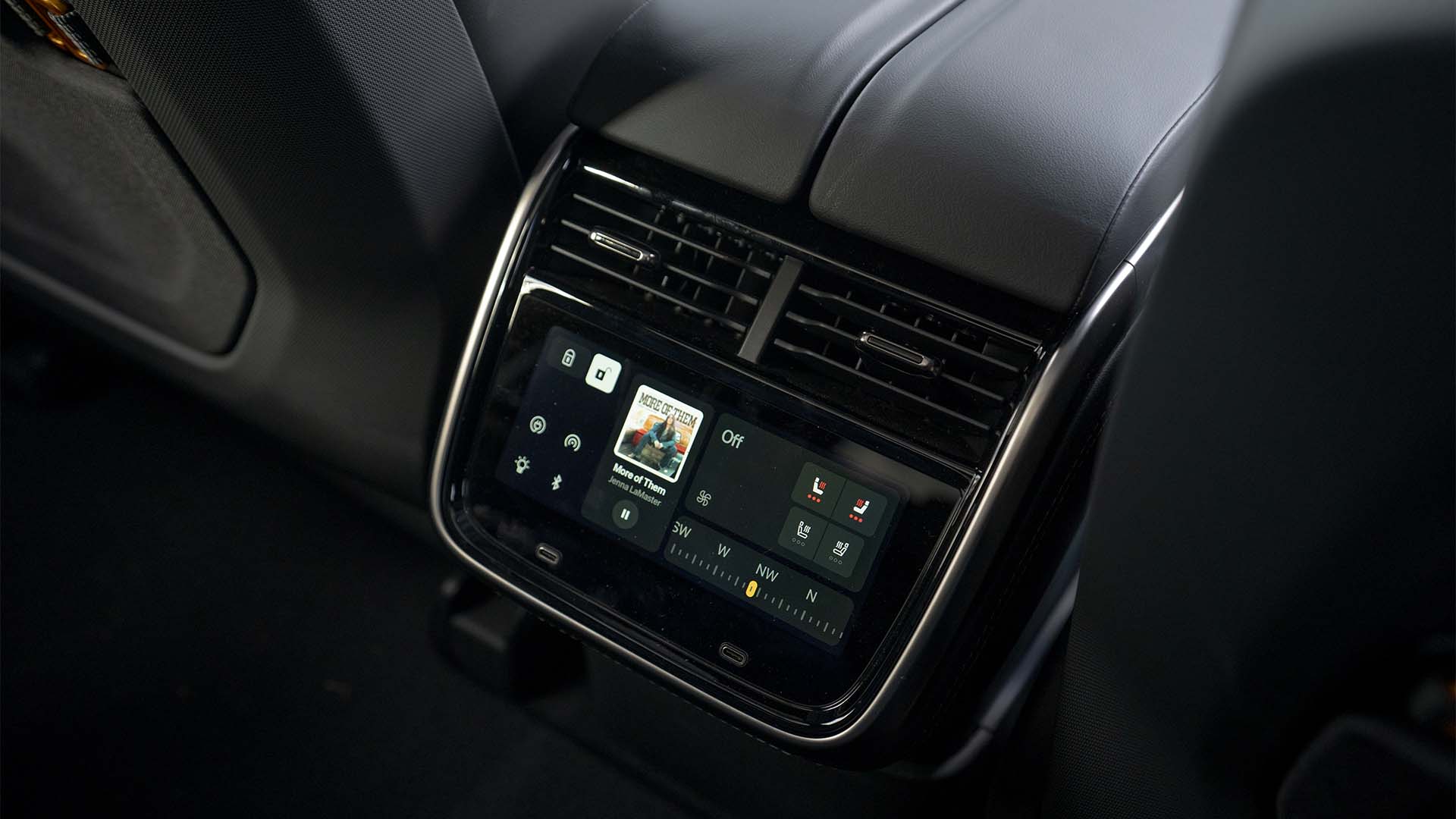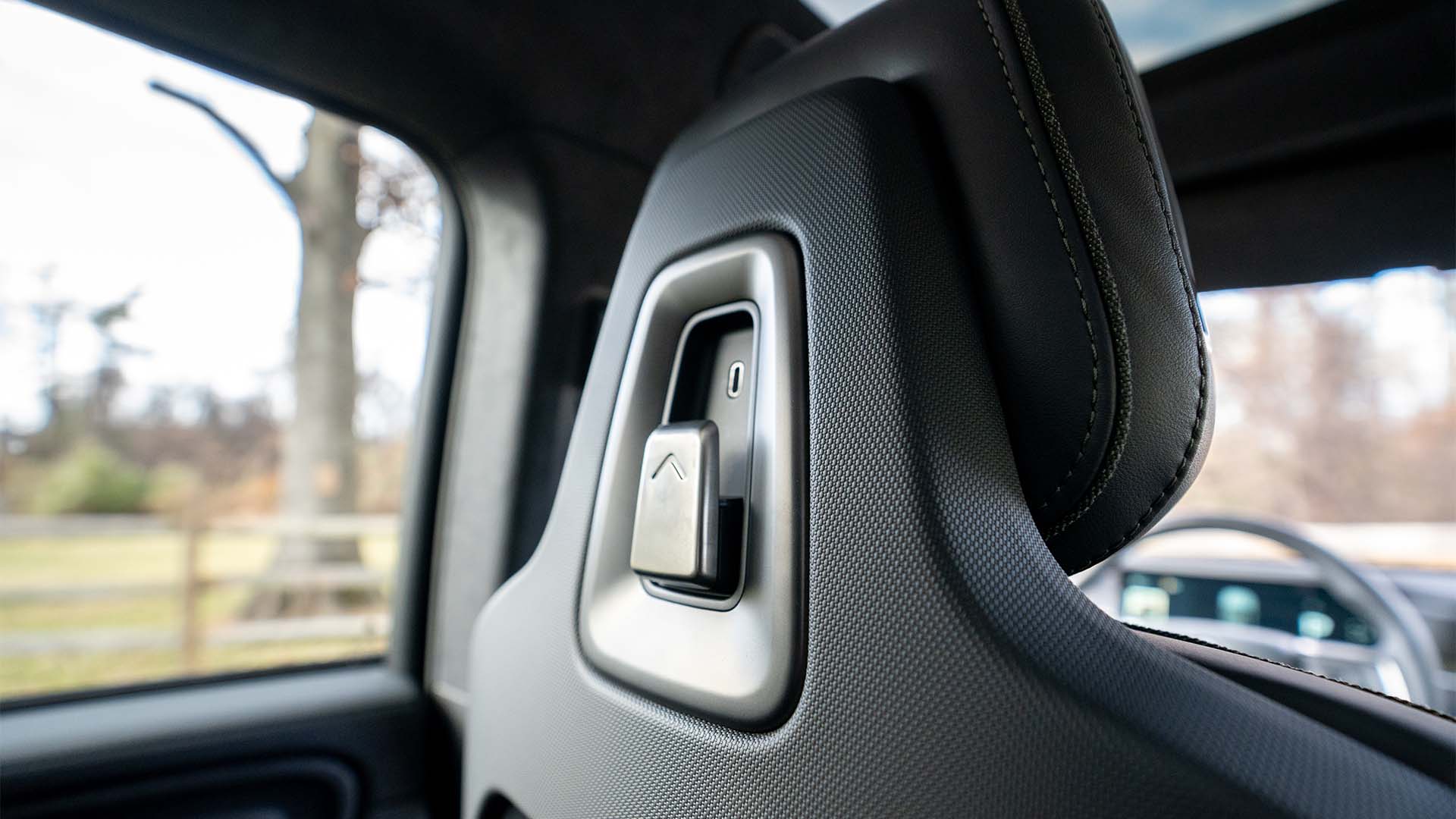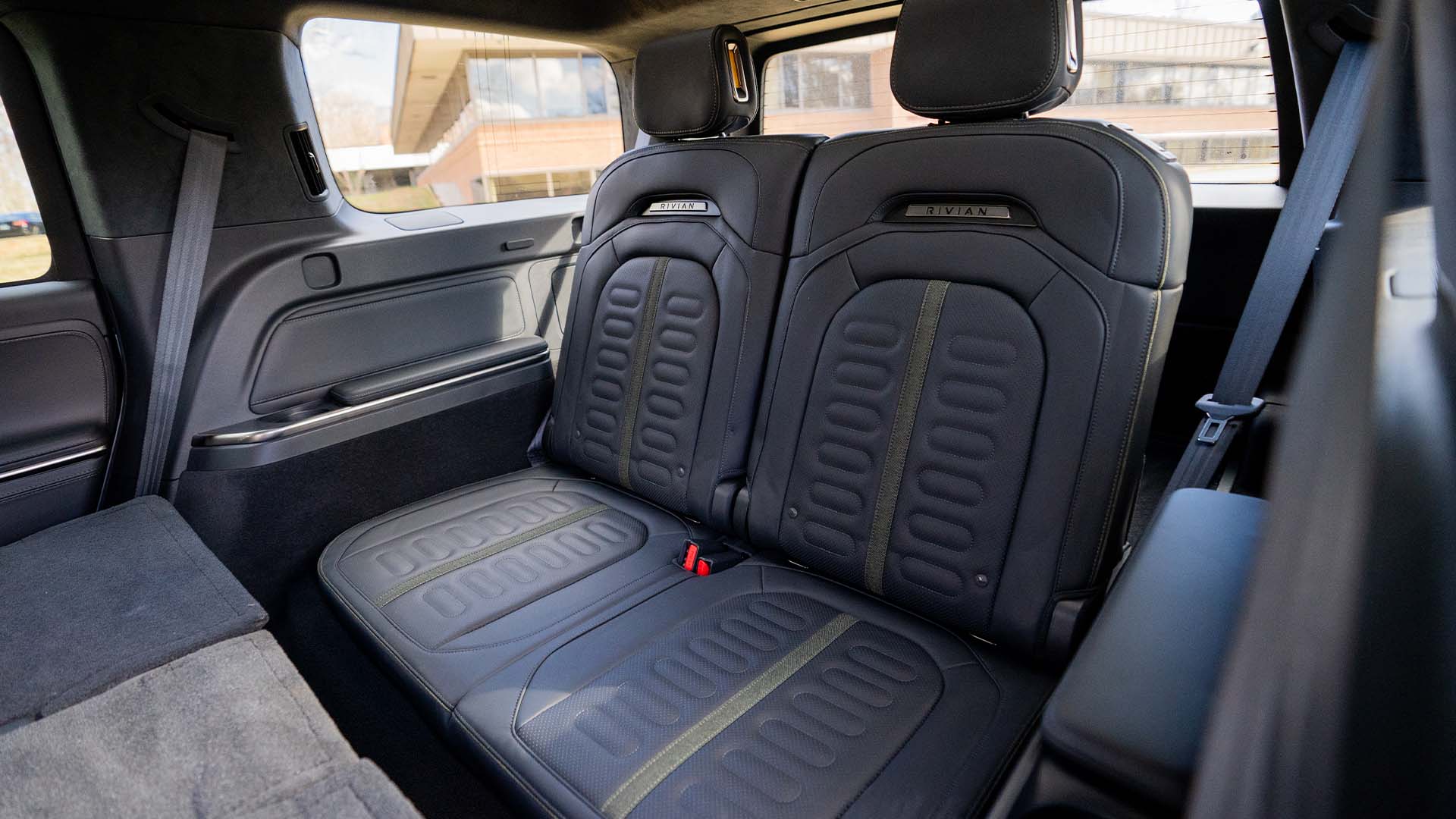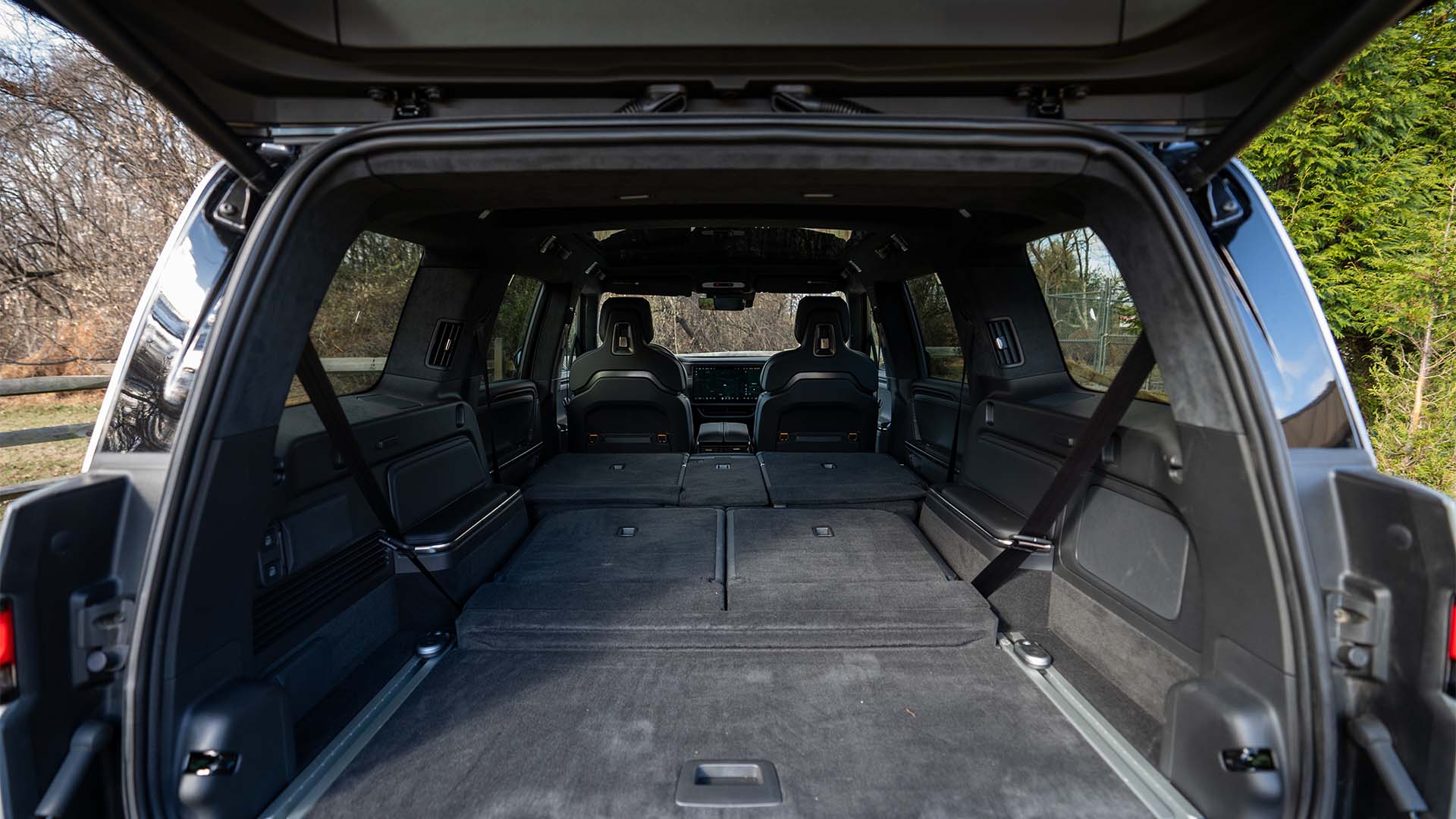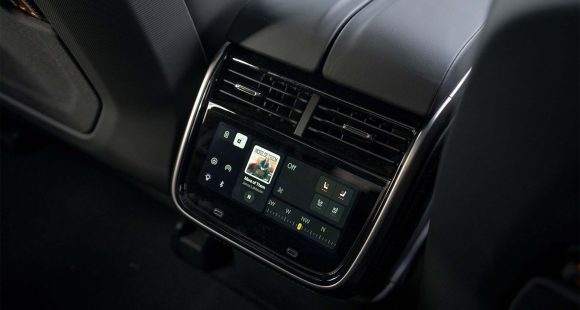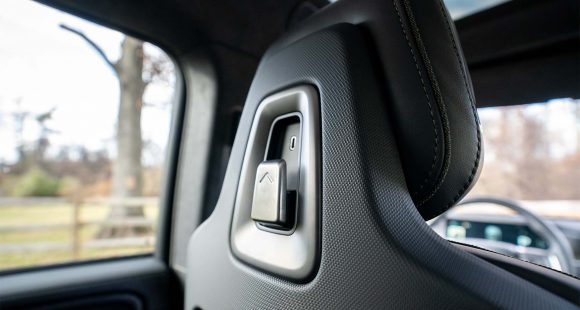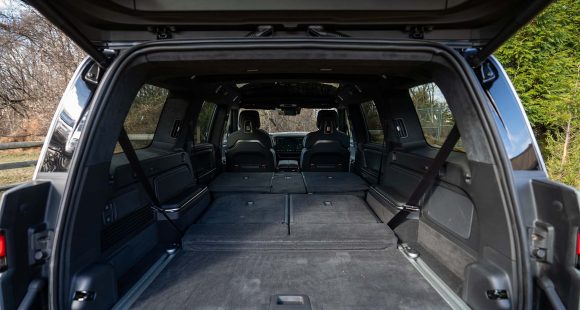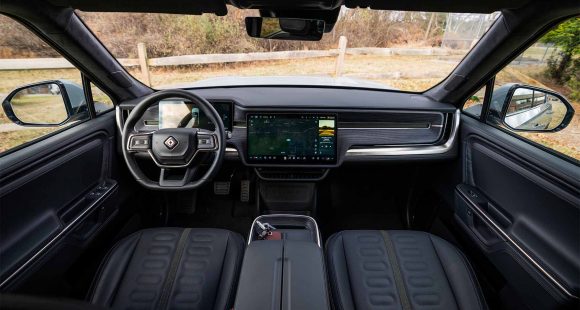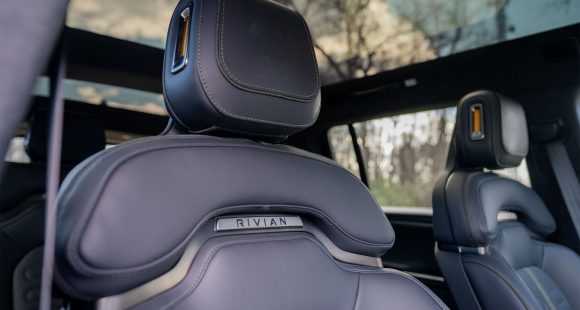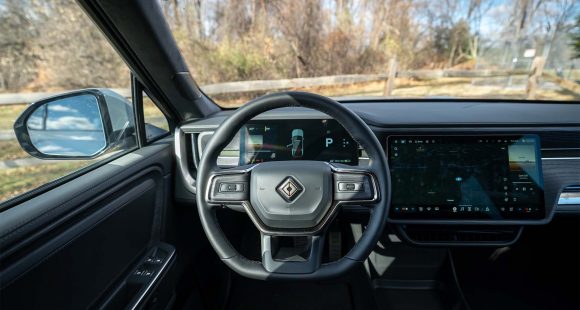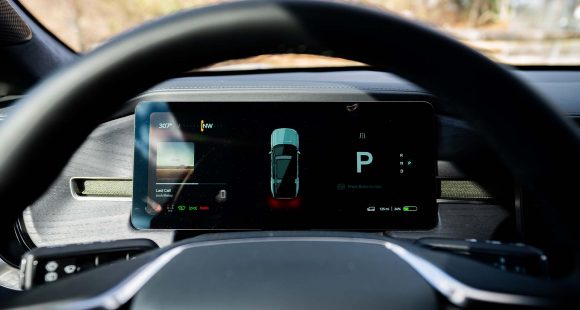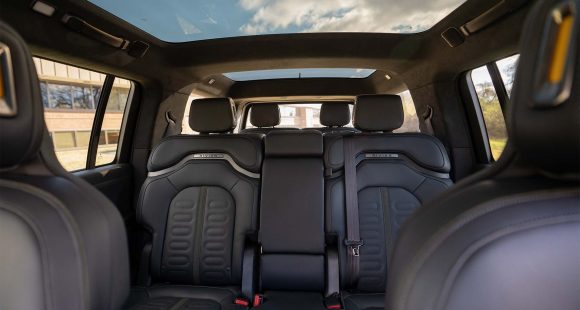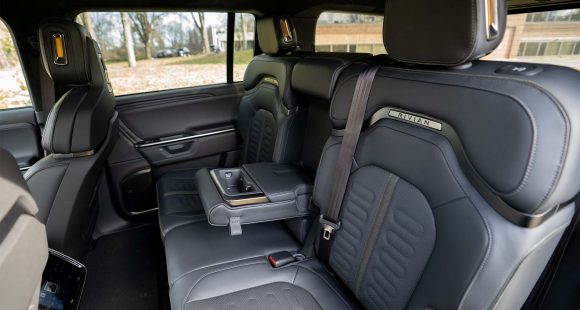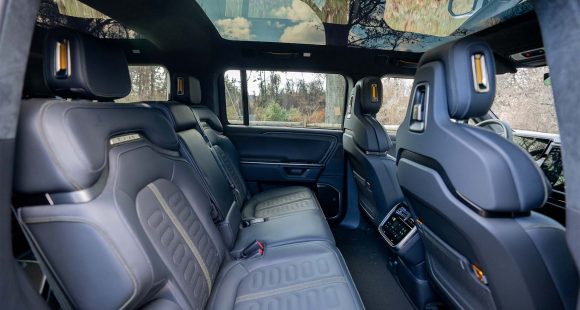2016 Bentley Mulsanne Speed
If you’re an automotive enthusiast, I know you are familiar with the concept of speed. If you’re a fan of sporting British cars, you may even be familiar with Bentley’s ultra-luxurious version of speed. Well, that clash of posh and performance happens in a way like never before in this Bentley Mulsanne Speed.
You might think that being a staid British brand with oodles of history, Bentley would refuse to change with the times, and you’d be very wrong. This 2016 Bentley Mulsanne Speed proves that they are moving the brand forward at a rapid pace, yet without leaving traditions behind.
This is of course, the bespoke Bentley chassis from Crewe that debuted for 2011, and shares little with parent Volkswagen unlike the rest of their lineup.
 It’s very impressive what they were able to do with it. Sure it feels big, but not overly heavy, certainly not bloated, considering it is pushing 6,000 lbs. It’s a lot of mass, but with enough modern tweaking to not feel like a tank.
It’s very impressive what they were able to do with it. Sure it feels big, but not overly heavy, certainly not bloated, considering it is pushing 6,000 lbs. It’s a lot of mass, but with enough modern tweaking to not feel like a tank.
For this Speed version of the Mulsanne, the chassis’ air suspension gets a stiffer setting, as well as quicker steering. A custom mode allows for individual tailoring of all settings, as most Bentley customers are used to, I’m sure.
As for under the bonnet, the 530-horsepower coming from its 6.8-liter twin-turbo V8 is indeed impressive, but how about a “commoner kicking” 811 lb-ft. of torque? Output is bumped 22-horsepower and 59 lb-ft. due to reworking of the heads and a requisite software update.
An 8-speed automatic transmission with wheel mounted shift paddles is standard, but unlike Continental-based Bentleys this one is rear drive only.
The nostalgia theme plays a little heavier inside, where you can feel Bentley history oozing out of its hectares of well-treated calf skin and fine woodwork.
 There remains plenty of traditional elements like the organ stops for the vents and an analog clock, but the overall ambience is more modern. And there’s certainly all of the latest tech gadgets like hideaway nav. screen, Naim for Bentley 2,200-watt audio, and a somewhat cumbersome central controller.
There remains plenty of traditional elements like the organ stops for the vents and an analog clock, but the overall ambience is more modern. And there’s certainly all of the latest tech gadgets like hideaway nav. screen, Naim for Bentley 2,200-watt audio, and a somewhat cumbersome central controller.
And in the back there’s even dual iPads with keyboards, television screens, and a refrigerated bottle cooler with frosted glass power door and yes, even Crystal champagne flutes.
The front center console is a bit control heavy, and the start button blends in a little too much. But it gives things a workman-like feel for that chauffer so he can do his business. Some of the controls and gauges are not obvious, but it helps if you enjoy bangers and mash or follow the goings-on in Parliament.
Front seats have great comfort, but extreme comfort is just the tip of the crystal-plated iceberg of what you’ll find in the rear.
 But as nice as it is back there, this is still a car you should want to drive, and will very much enjoy doing so; as it has a sporting feel that you won’t find in a Rolls-Royce. There’s effortless streams of engine power, with shifts that are as smooth as the silk of a Burberry scarf.
But as nice as it is back there, this is still a car you should want to drive, and will very much enjoy doing so; as it has a sporting feel that you won’t find in a Rolls-Royce. There’s effortless streams of engine power, with shifts that are as smooth as the silk of a Burberry scarf.
Though the electronic shifter carries on the British tradition of dawdling between shifts as it’s in no particular hurry to deliver a gear when shuffling between drive and reverse.
Things are quiet inside, but not with bank vault levels of isolation, as some nice if raspy exhaust note seeps in occasionally.
As for standing out from the common Mulsanne’s seamless metal work and exquisite touches outside; the Sport brings dark finishes to the grilles, headlights, and tail lights. As well as unique 21-inch wheels and rifled exhaust tips similar to the rest of Bentley’s Speed lineup.
 How the Speed translates at the track, those big turbos, haul this hulk to 60 in under 5.0-seconds. Through the cones, initially it feels almost athletic; but just as quickly as you get through the first few gates, the weight and heavy steering catch up with you, reminding you how big this car really is.
How the Speed translates at the track, those big turbos, haul this hulk to 60 in under 5.0-seconds. Through the cones, initially it feels almost athletic; but just as quickly as you get through the first few gates, the weight and heavy steering catch up with you, reminding you how big this car really is.
Clearly made for people who demand the best, and are willing to pay for it; the Mulsanne Speed starts at $341,325. Pricey options pushed our car over 400K.
Let’s give Bentley a lot of credit, they’ve been able to inject modern elements into the 2016 Mulsanne Speed without losing any of their brand’s character. In fact, we think recent Bentley’s are more in line with their sporting tradition than ever. The few who get to experience it daily are the lucky ones indeed.
Specifications
- Engine: 6.8 liter
- Horsepower: 530
- Torque: 811 lb-ft.
- 0-60 mph: 4.8 seconds
2025 Rivian R1S
Major Reboot for Rivian R1S
With just about every mainstream carmaker now onboard with battery-electric vehicles, EV-only brands are hoping there are still plenty of people out there willing to think outside the box. So, let’s see if Rivians latest R1S utility can make the case for taking the EV road less traveled.
Big changes have happened in the short time since the Rivian R1S first hit the streets three years ago. As for 2025, there are updates that touch just about every aspect of the vehicle. Yes, despite looking almost exactly the same outside, Rivian claims that beneath the surface, their entire electrical architecture has been significantly updated, eliminating a whopping mile and a half of wiring and 10 computer assemblies, allowing for more efficient operation.
But look closely and you will see their signature vertical oval headlights are updated with a new matrix of LED lights that can cycle individual elements on and off to provide maximum illumination where you need it without distracting oncoming drivers.
Not much change in the look of the interior either, but the synthetic leather upholstery is still very nicely done, though most touchpoints feel more rugged than luxury minded. With the exception of a couple controls on the steering wheel, you do still have to do almost everything on the R1S’s 15.6-inch touchscreen, but the user interface has been improved. So, while we do wish they could have reverse-engineered a knob or two into the mix, we realize full touchscreen interface is just what people expect in their high-end EVs these days, and at least it works better than before. And the gauge display still wows you with the amount of information it displays and is mounted high enough that no additional head-up display is needed. A new Rivian Autonomy Platform uses 11 cameras, five radars and A.I. for self-driving, or just to monitor what’s going on around the vehicle even when it’s parked.
This [EV] really feels fast, sitting you up high and throwing you back in your seat with authority.
Rivian has also given the R1S a substantial suspension revision with new spring rates, bushings, and mounts; along with new tuning for the adaptive dampers and roll-mitigation system. It does provide a more balanced street attitude, but it still rides like a truck. That’s great if that’s the experience you’re looking for; not as ideal if you’re looking for more of the smooth luxury-style treatment.
All R1Ss are all-wheel drive, but there’s a wide variety of powertrain options including a new Tri-Motor setup. Outputs range from the standard Dual-Motor’s 533 horsepower to the Quad-Motor’s impressive 1,025. There are several battery packs as well, delivering as much as 410 miles of range, giving the R1S the highest rating of any SUV on the market right now. Our Adventure trimmed tester featured the 665-horsepower Performance version of the Dual-Motor arrangement, with the Max battery and 20-inch wheels with all-terrain tires.
Theoretically, that setup is rated for 370 miles, but perhaps we were enjoying the “performance” theme too much as our results were well short of that, using 68% of the battery to drive only 189 miles, putting our estimated range around 278 miles. Using 43 kilowatts of electricity for every 100 miles earns the R1S a fair efficiency rating.
But all was forgiven at our Mason Dixon test track when this Rivian started blasting us to 60 in 3.8 seconds. Yes, there are faster EVs, but this one really feels fast, sitting you up high and throwing you back in your seat with authority, while the rear of the truck squats down substantially before hurling you off the line and down the track. Power delivery stayed strong the entire time, cranking away until we cleared the quarter-mile in 10.5 seconds at 108 mph.
Despite this utility’s substantial size and weight, we were able to keep a pretty fast pace through the cones of our handling course. The all-terrain tires obviously didn’t grip the pavement as well as all-seasons would, but the low center of gravity kept things very flat. Yes, it does feel very heavy, but the brakes were more than up to the task, stopping us from 60 mph in a very short 103 feet with surprisingly little nosedive and no fade.
Pricing starts at $77,700 for the Dual-Motor with Standard battery pack; our Dual-Motor Performance with the Max battery and All-Terrain Package came in just over $102,000.
While Rivian has had great initial success; sustaining that success will be a much tougher task. But, if they continue to put as much effort into improving their products as they have here with the 2025 R1S, we think their winning streak will only accelerate.
Specifications
As Tested
- Motor Setup: Dual Motor
- Battery Size: 141.5 kWh
- Horsepower: 665
- Torque: 829 lb-ft
- EPA Range: 370 miles
- 0-60 mph: 3.8 seconds
- 1/4 Mile: 10.5 seconds at 108 mph
- Braking, 60-0 (avg): 103 feet
- MW Test Loop: ~278 miles








